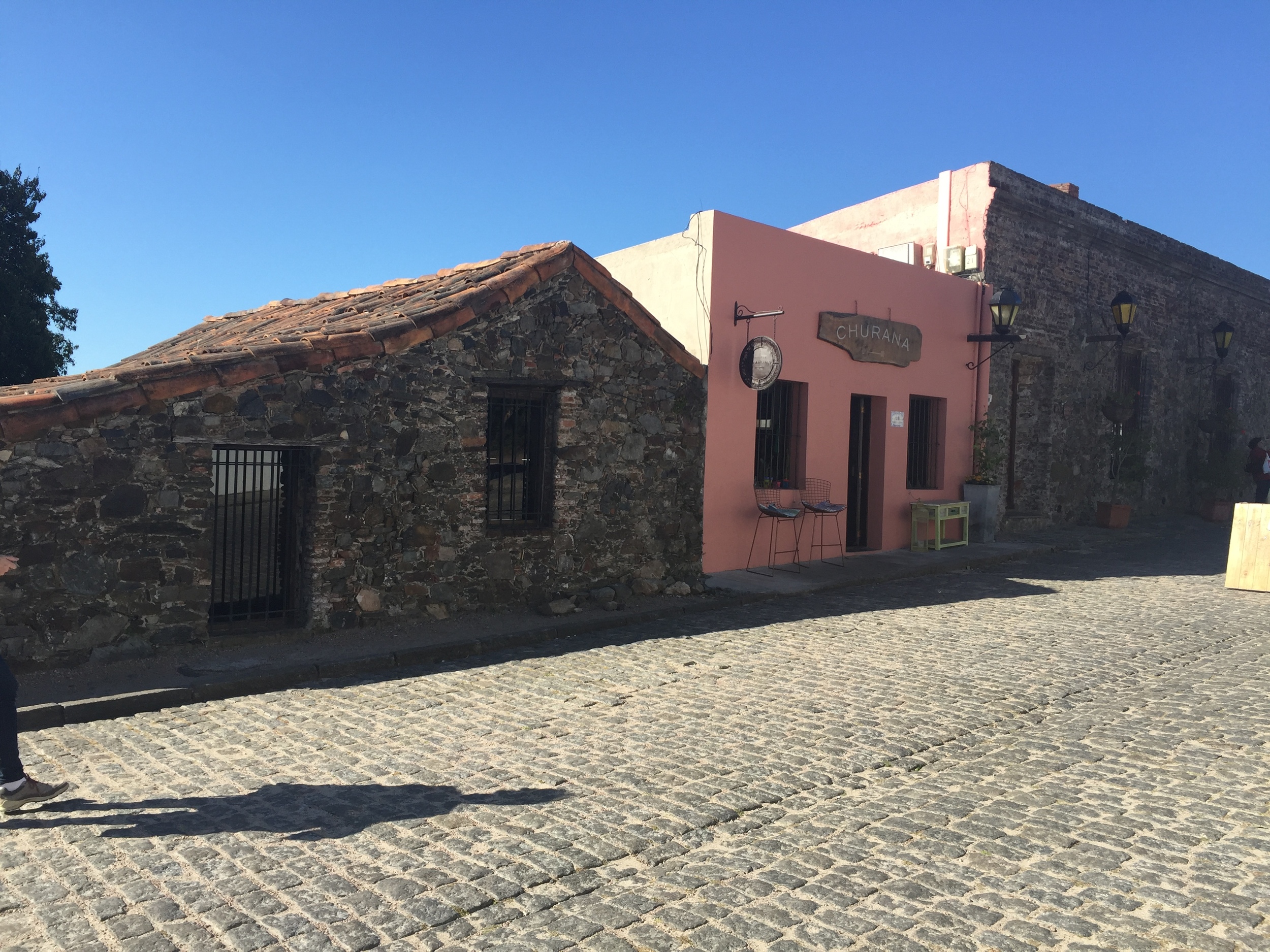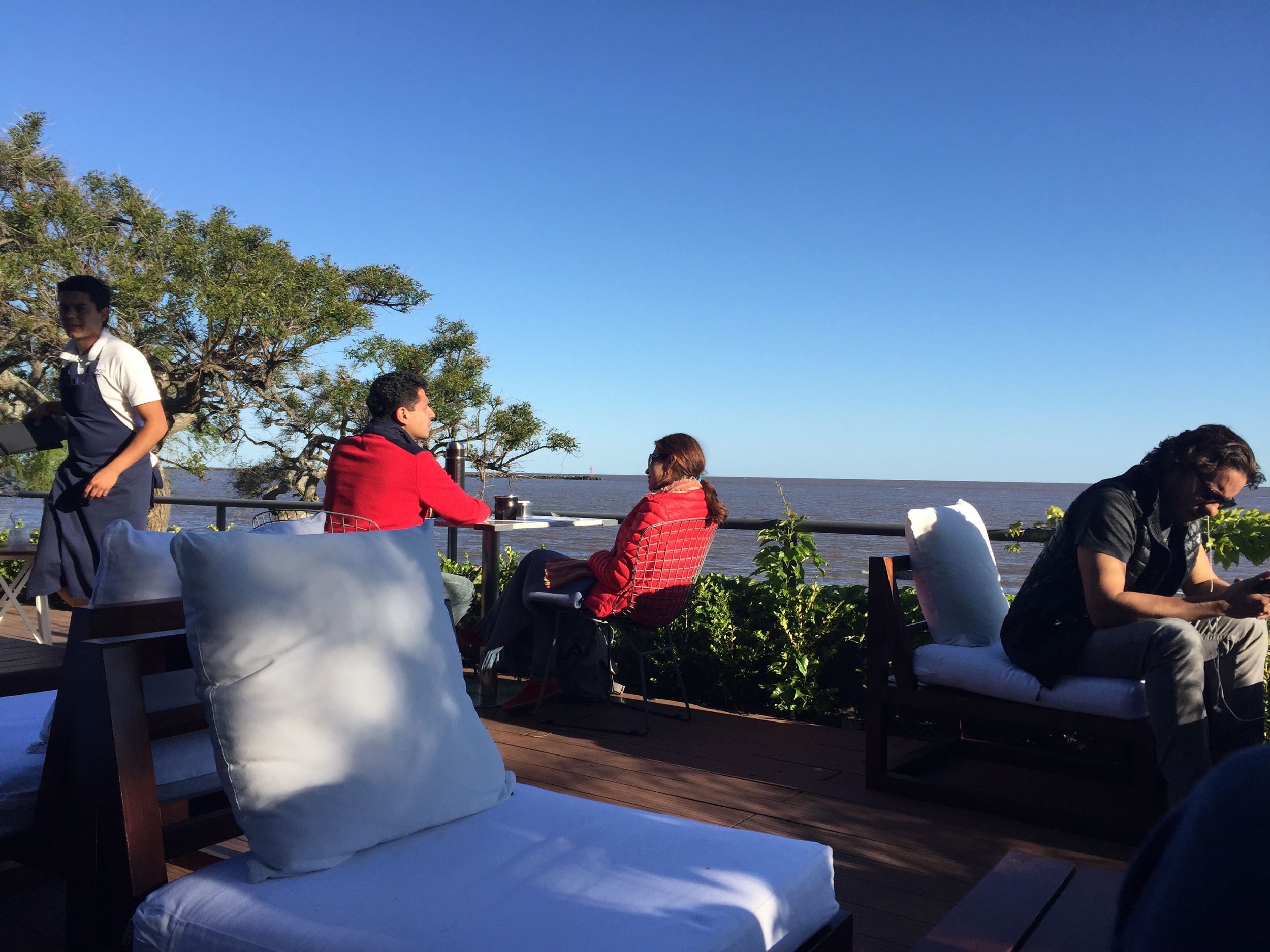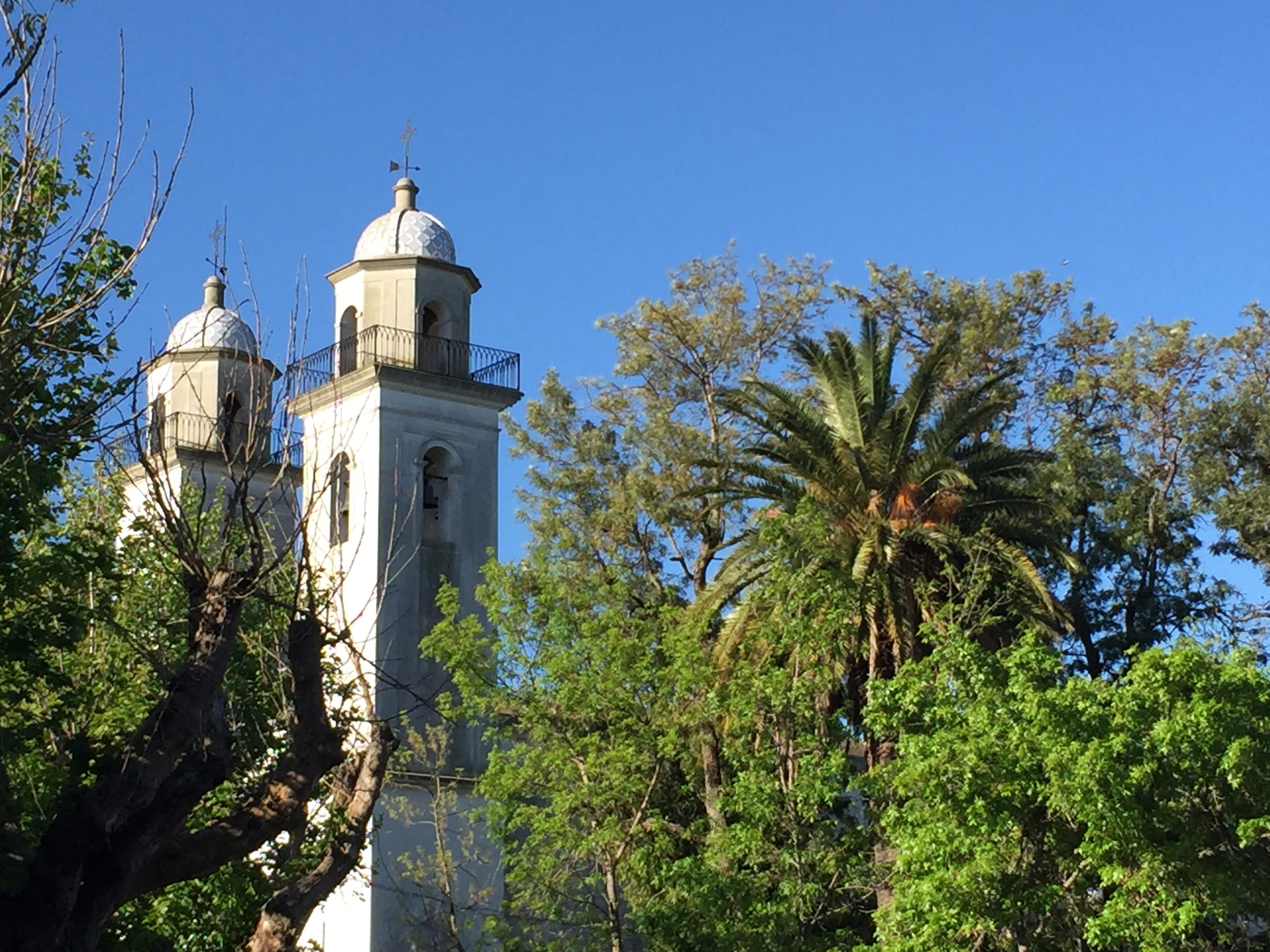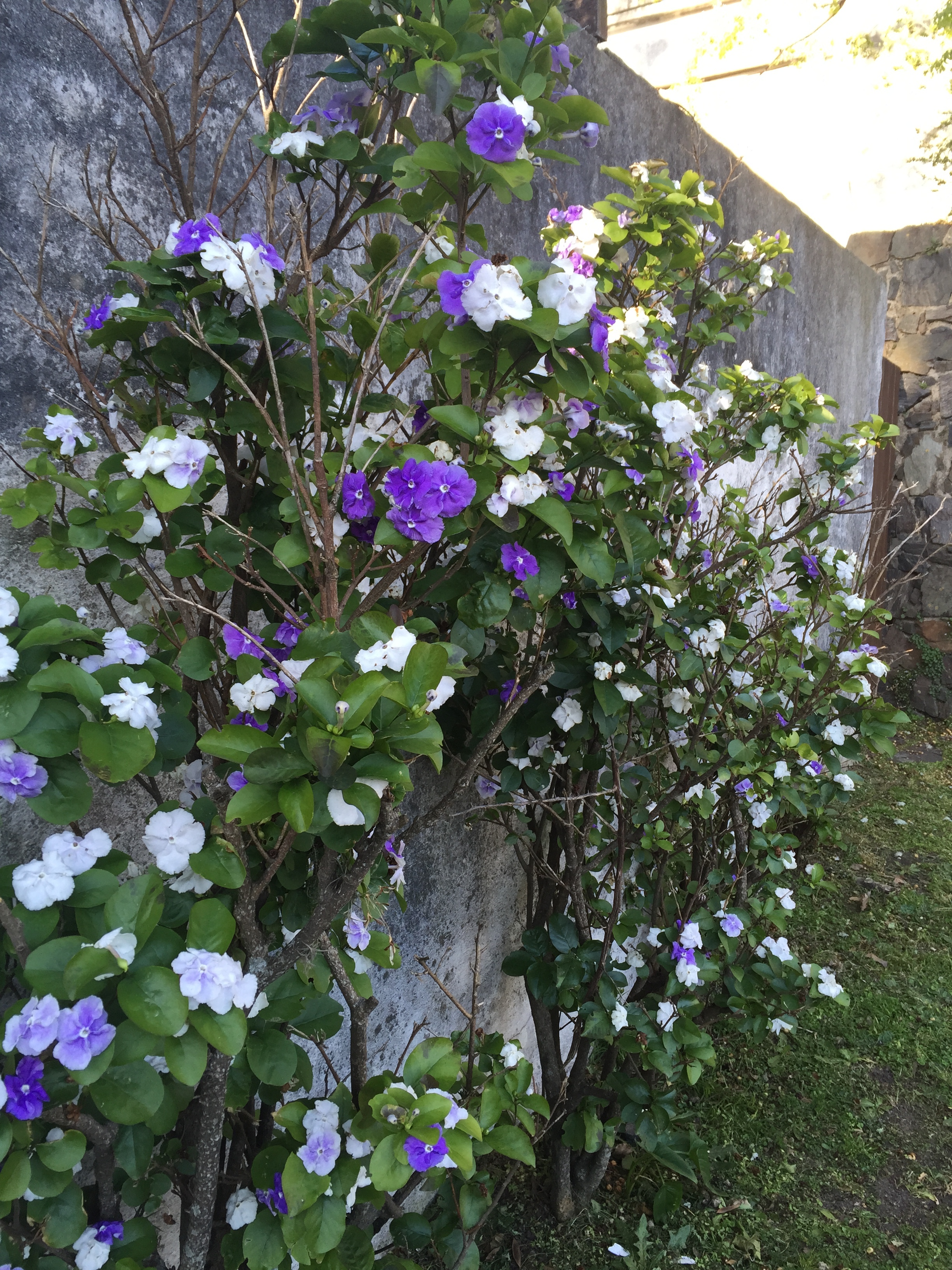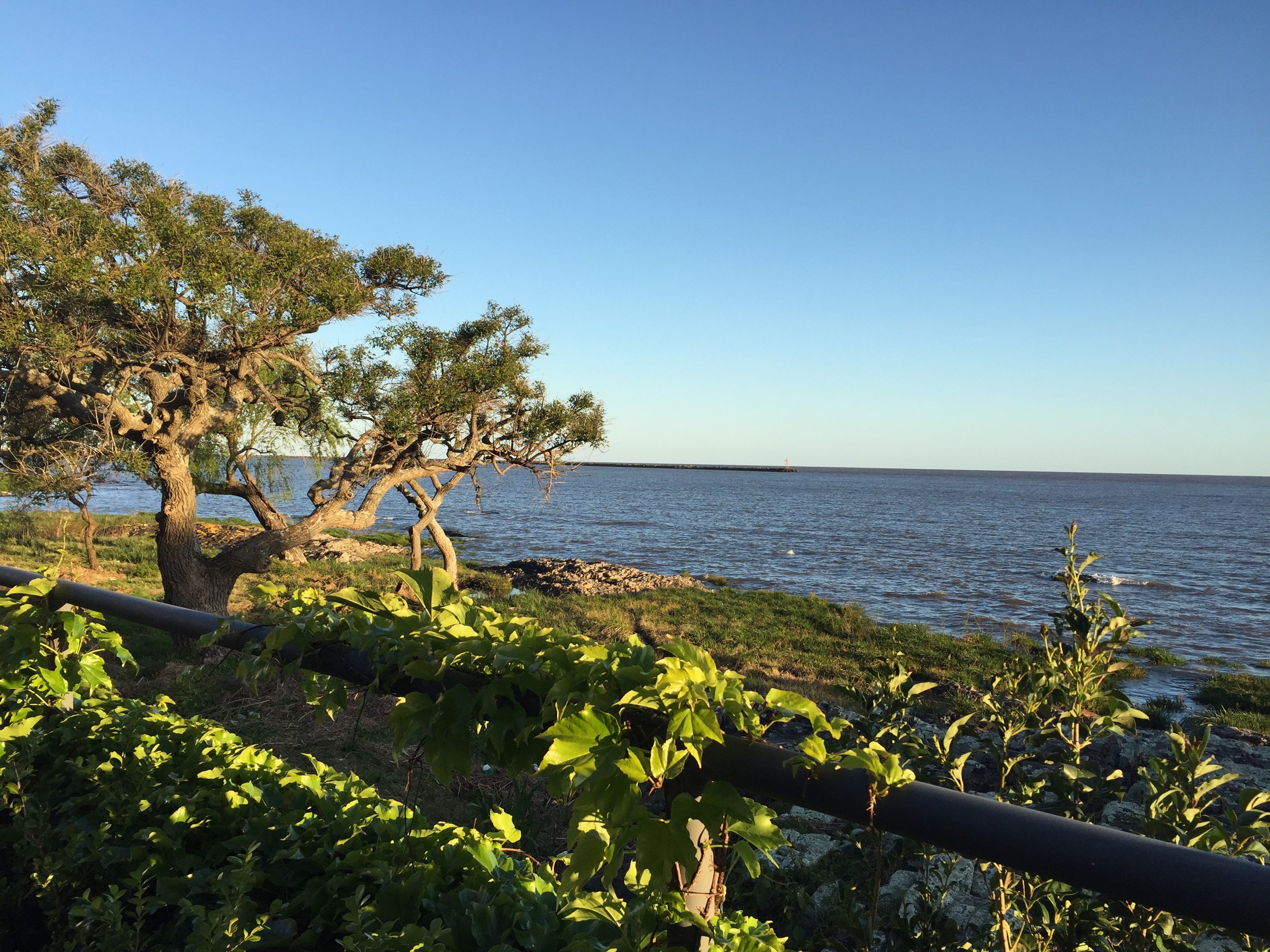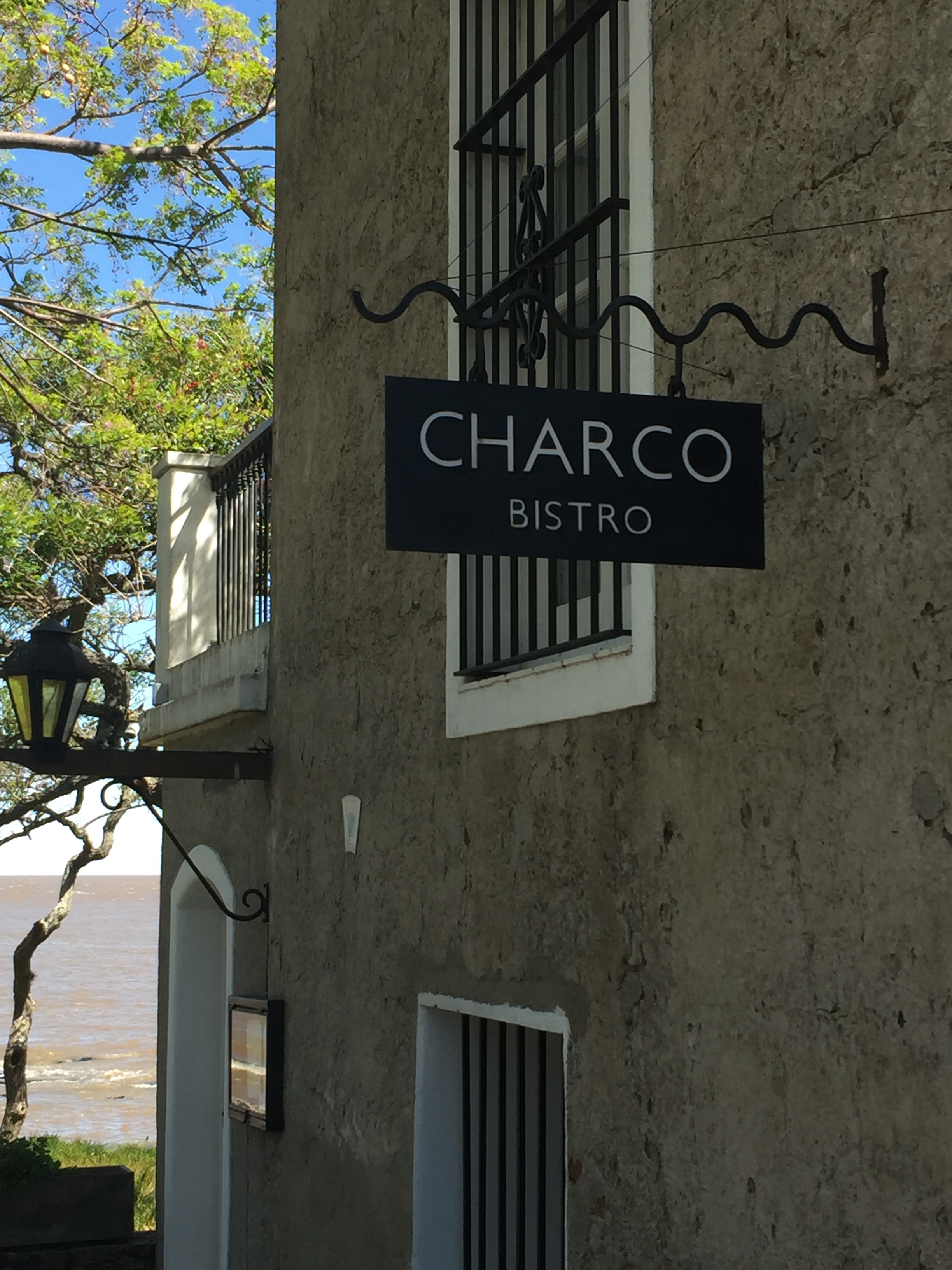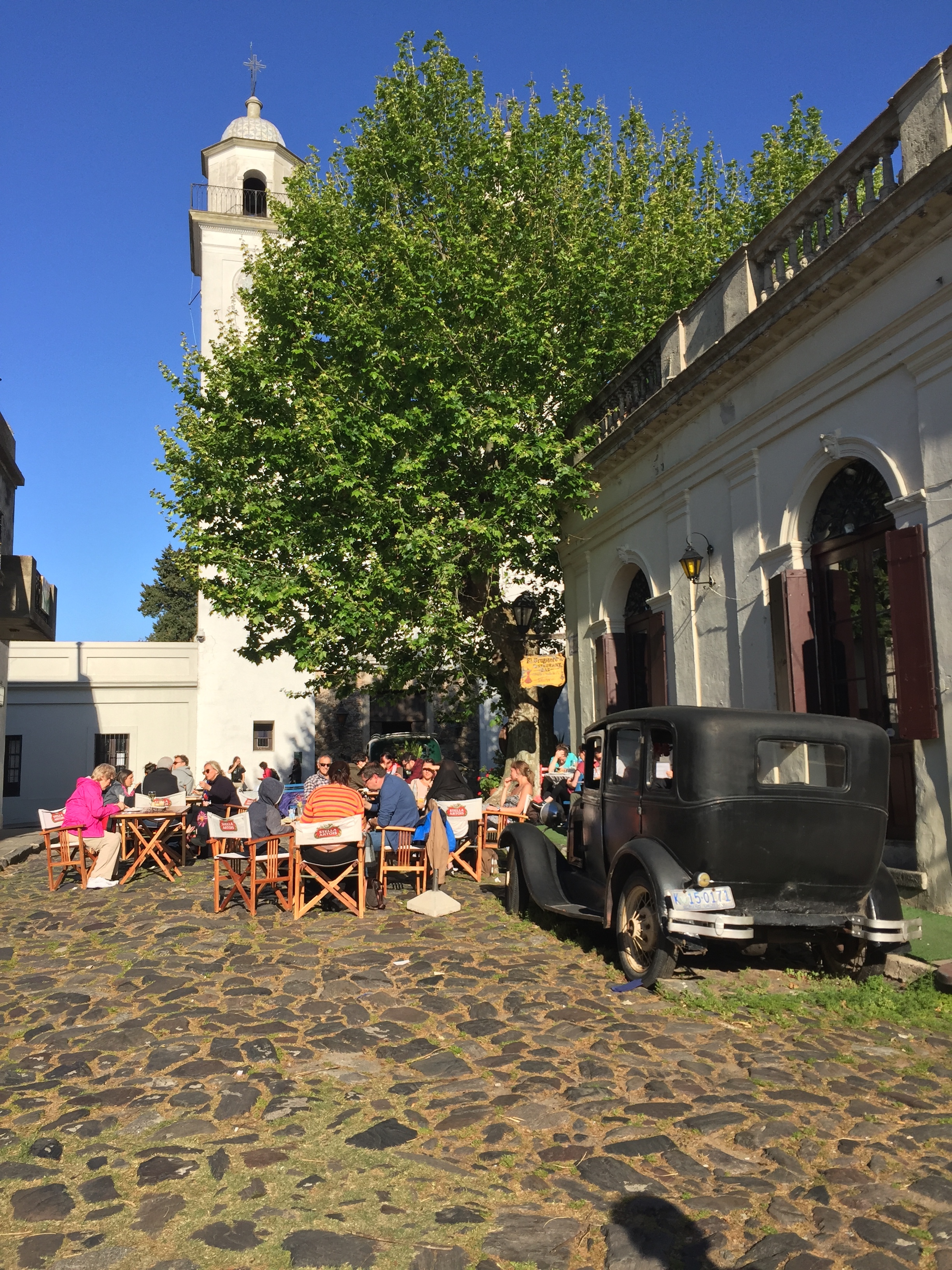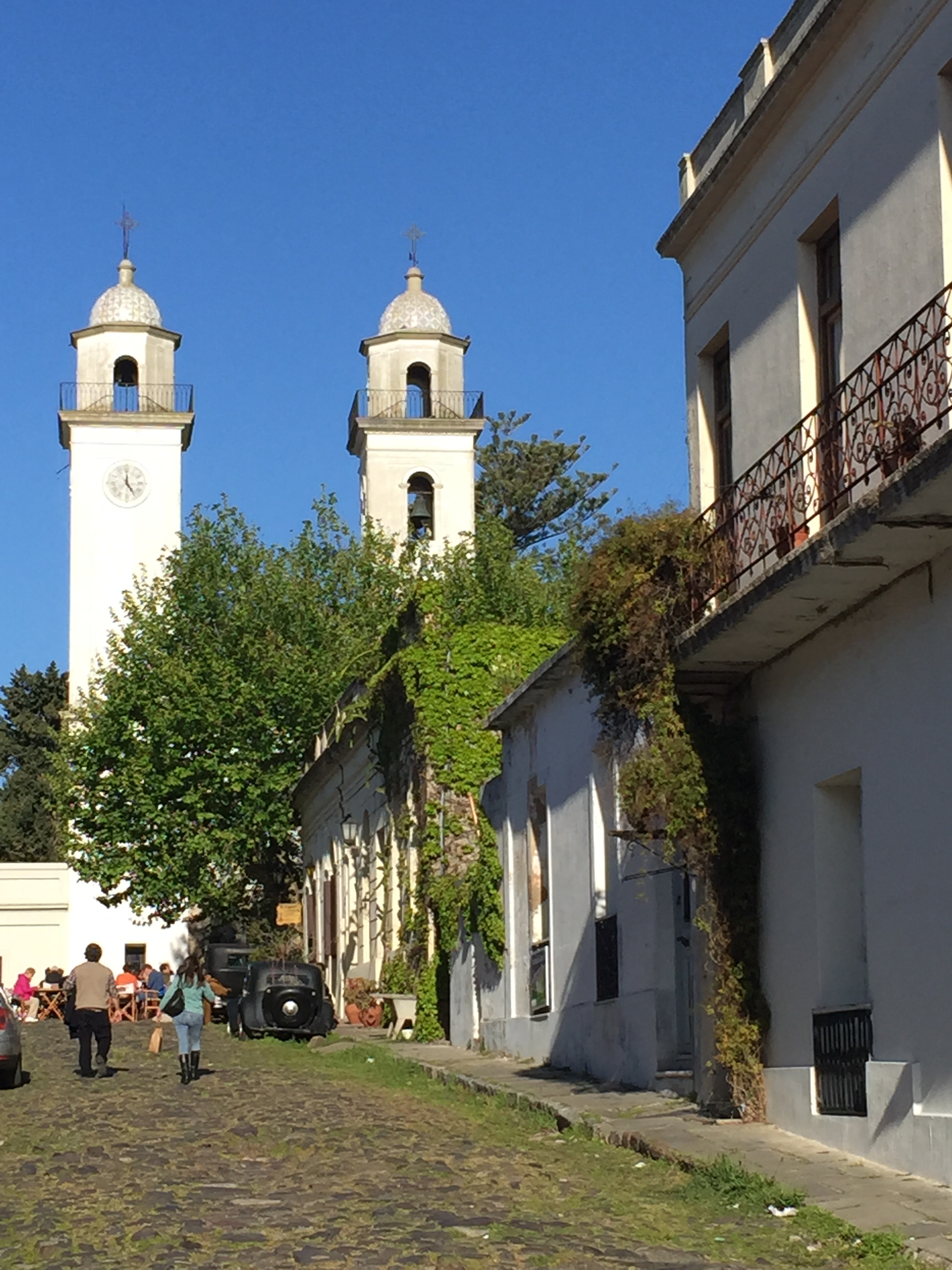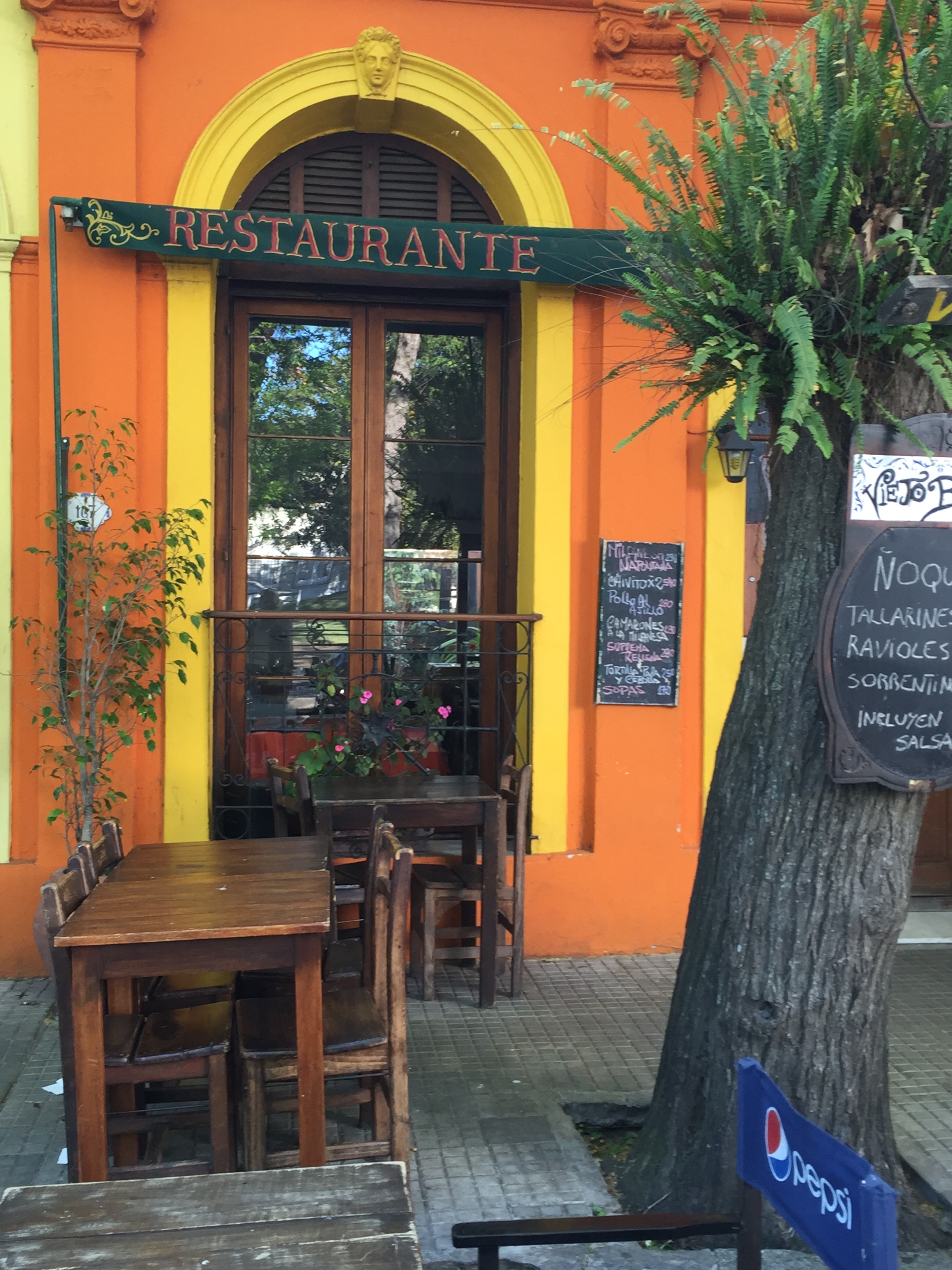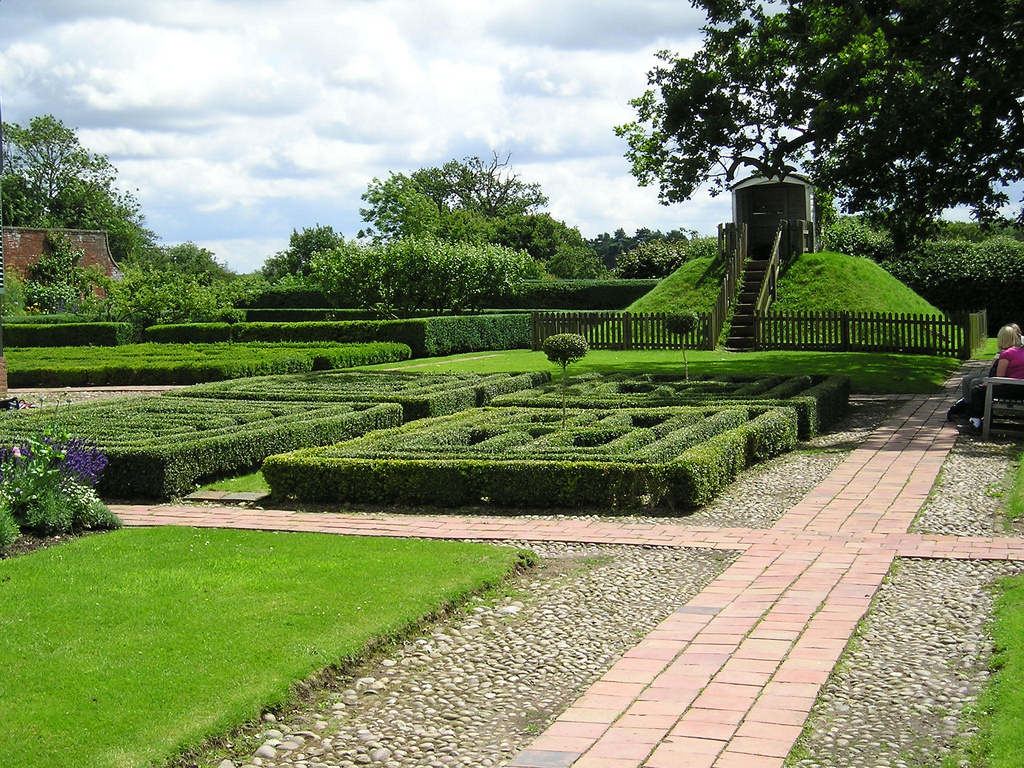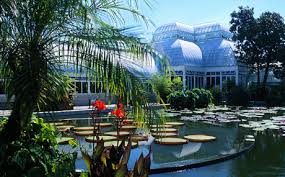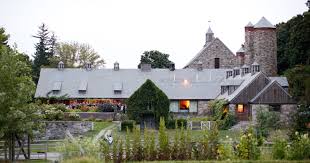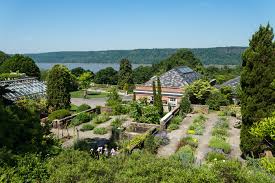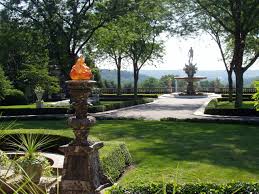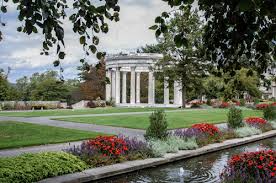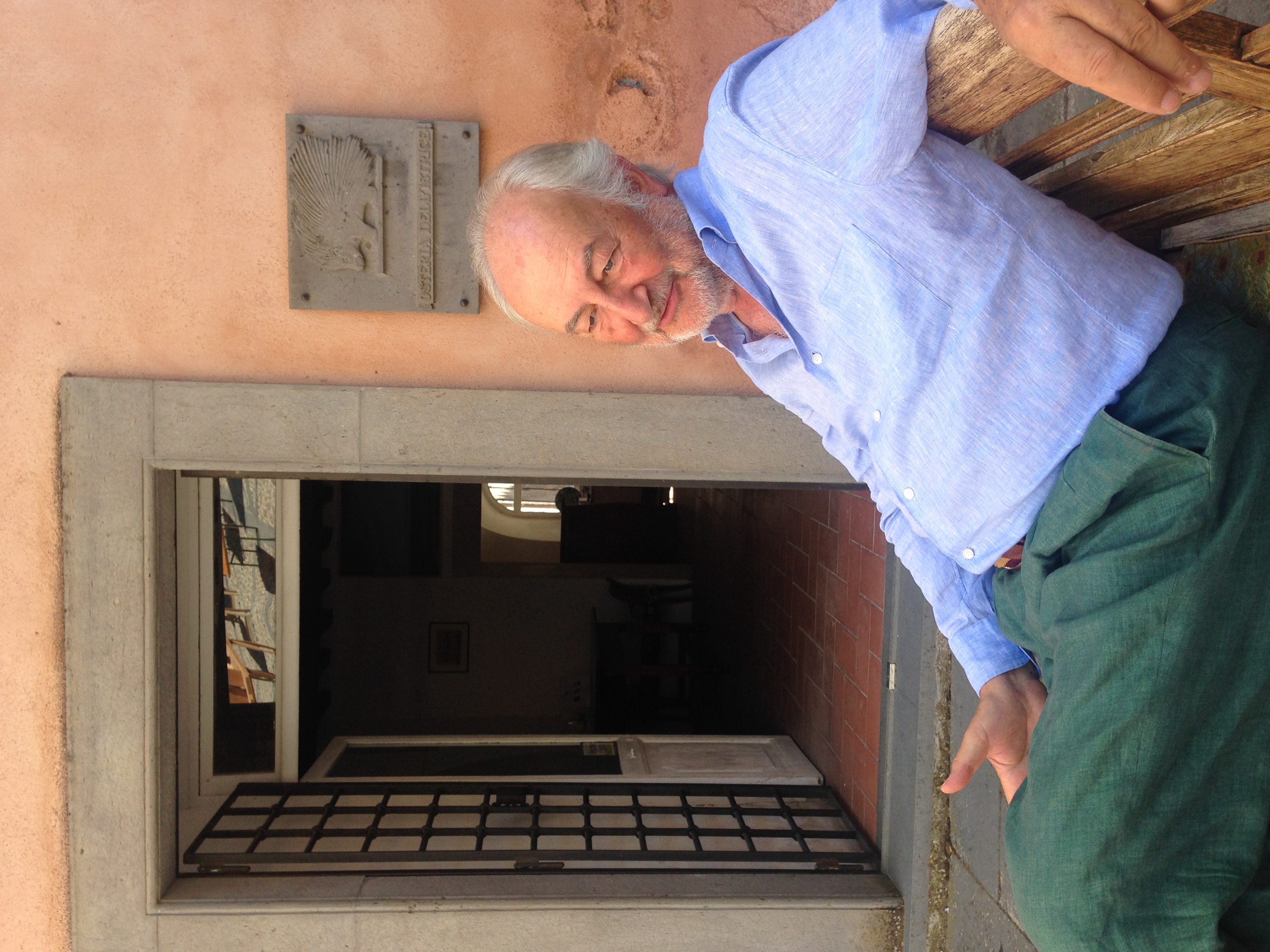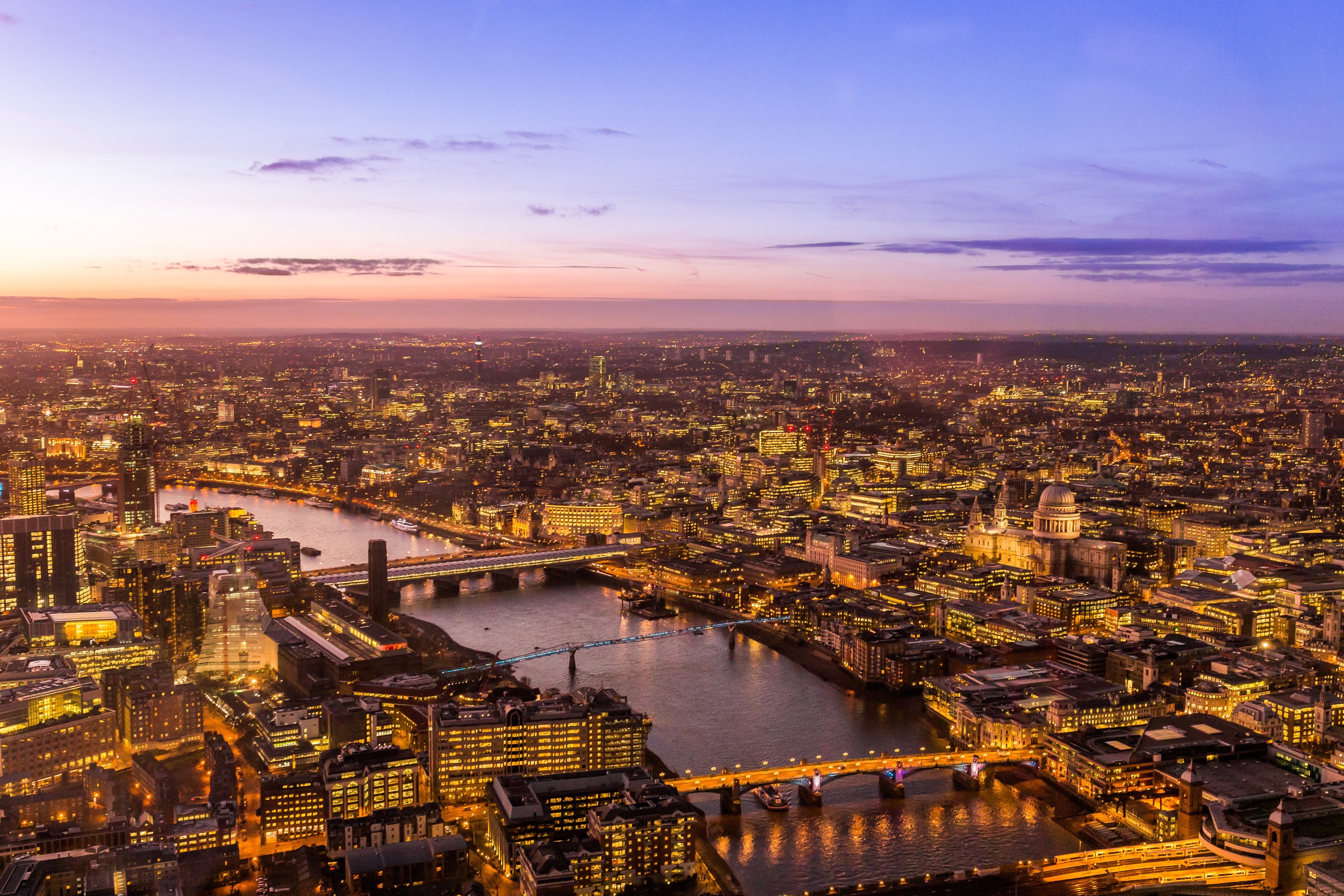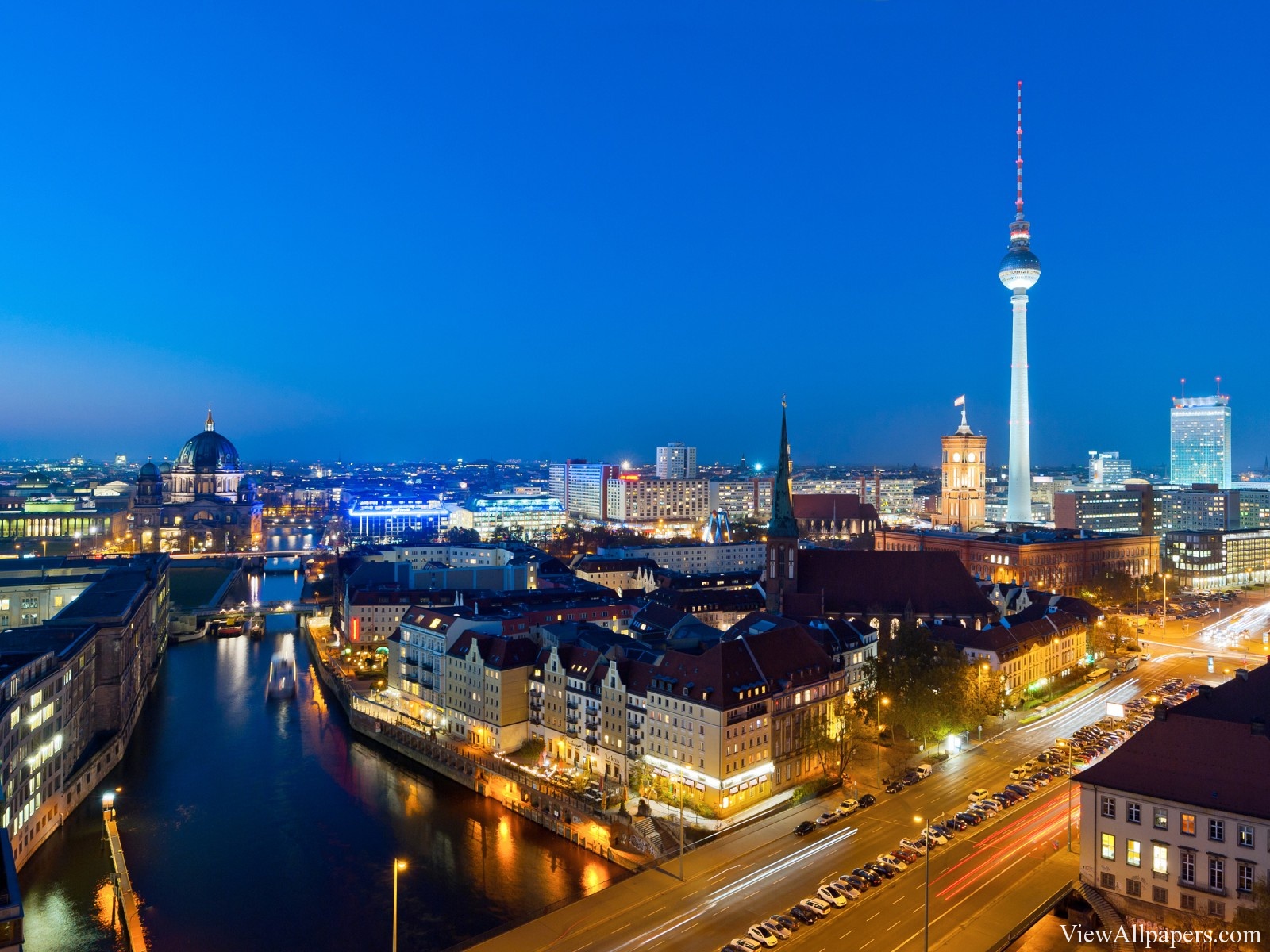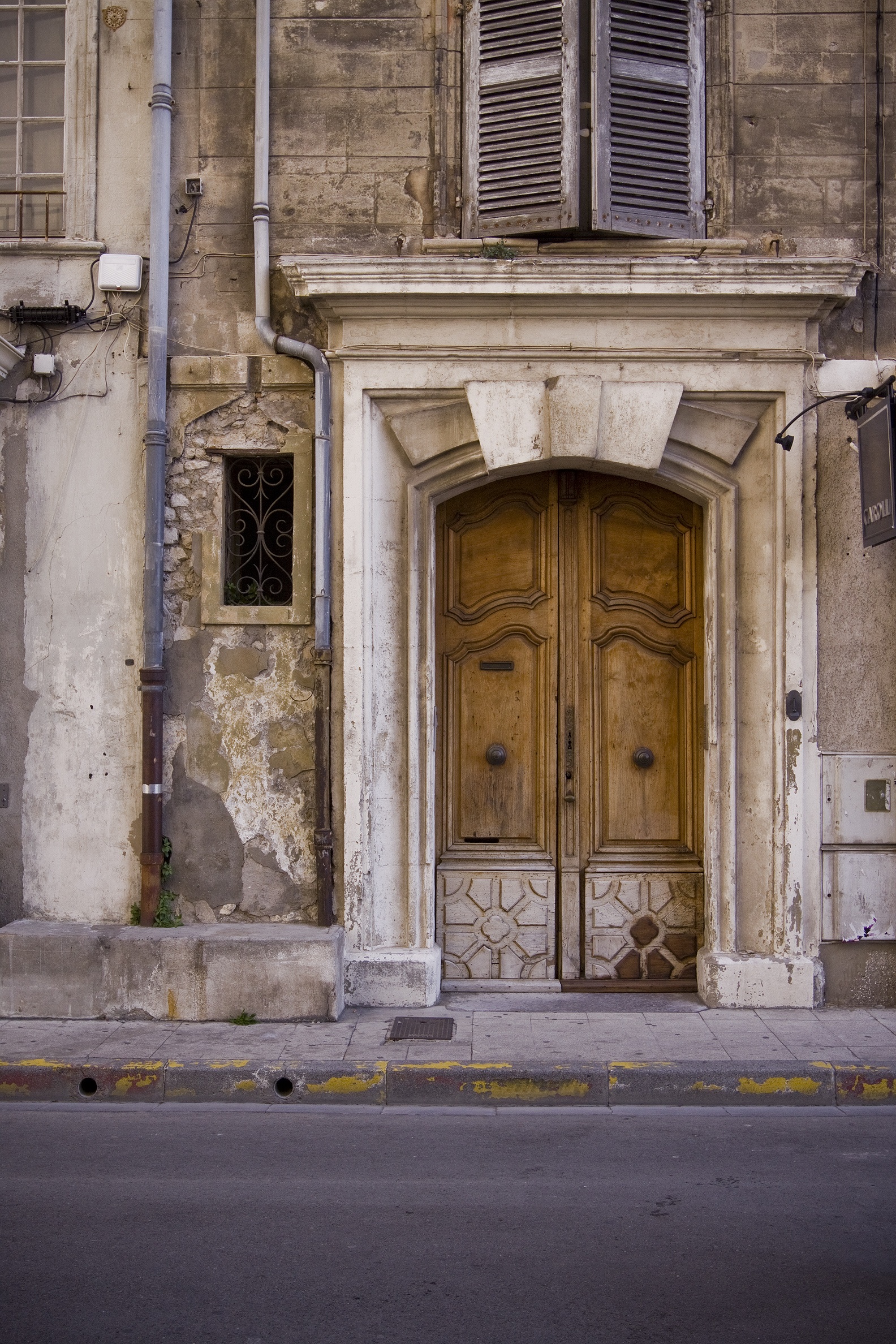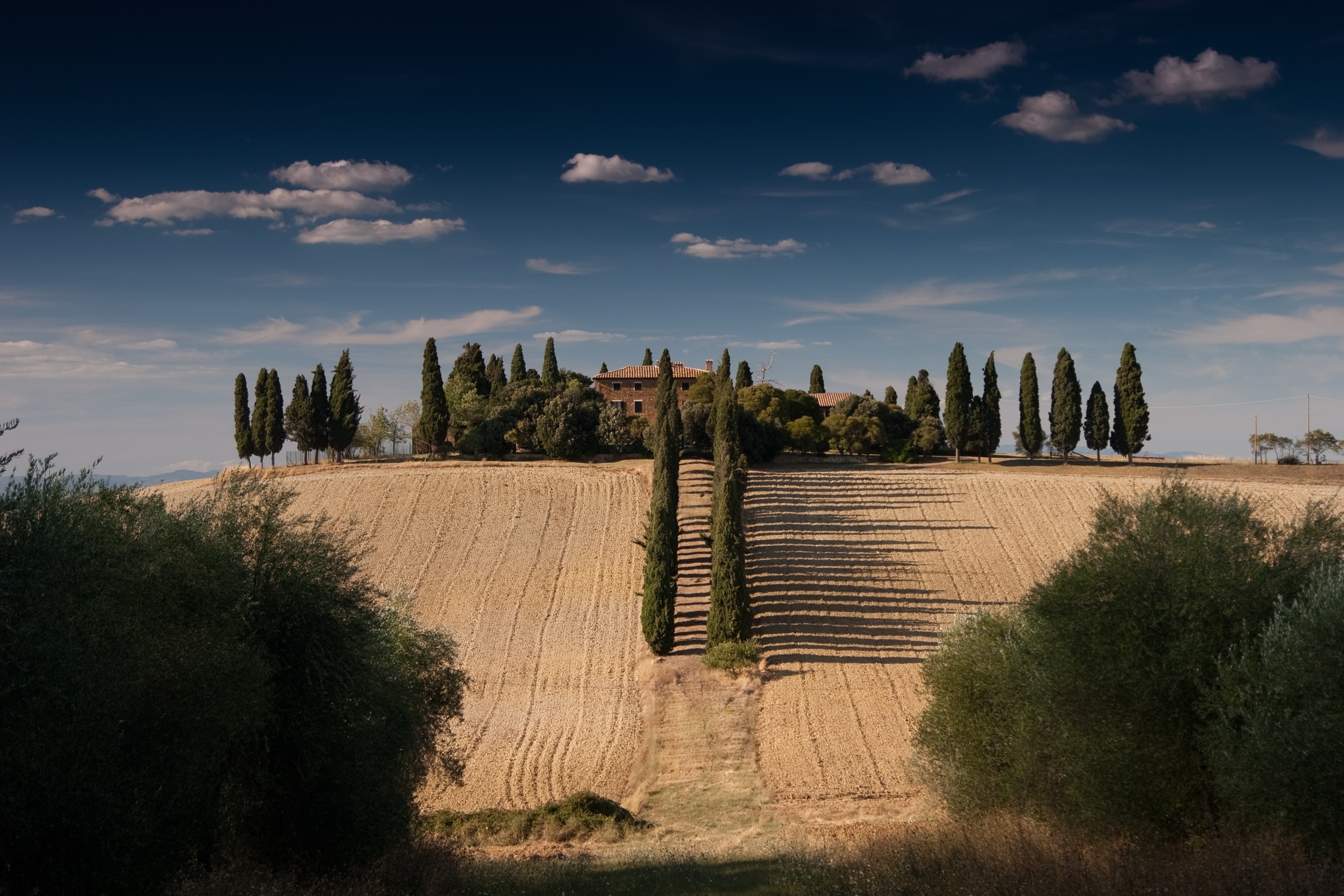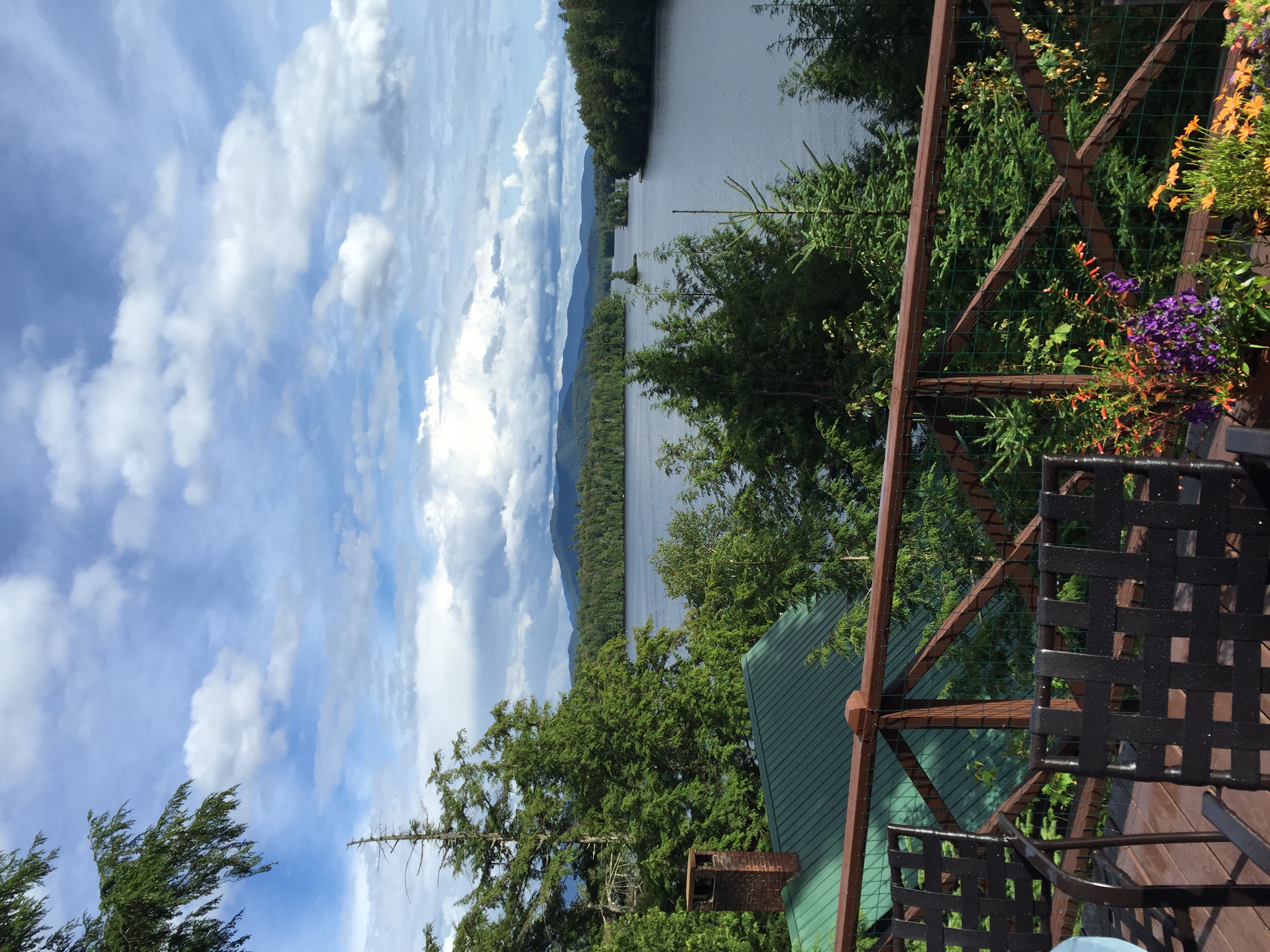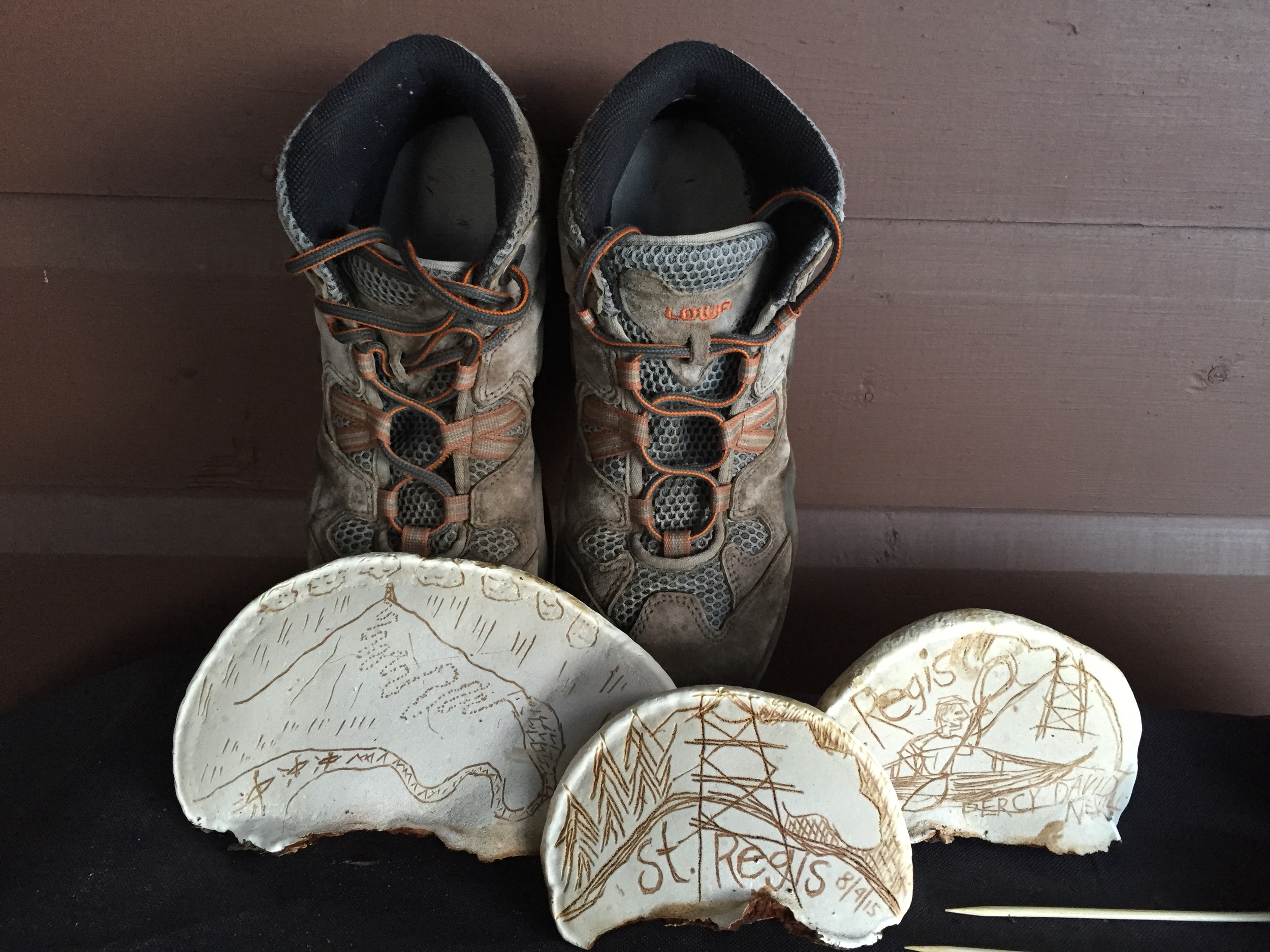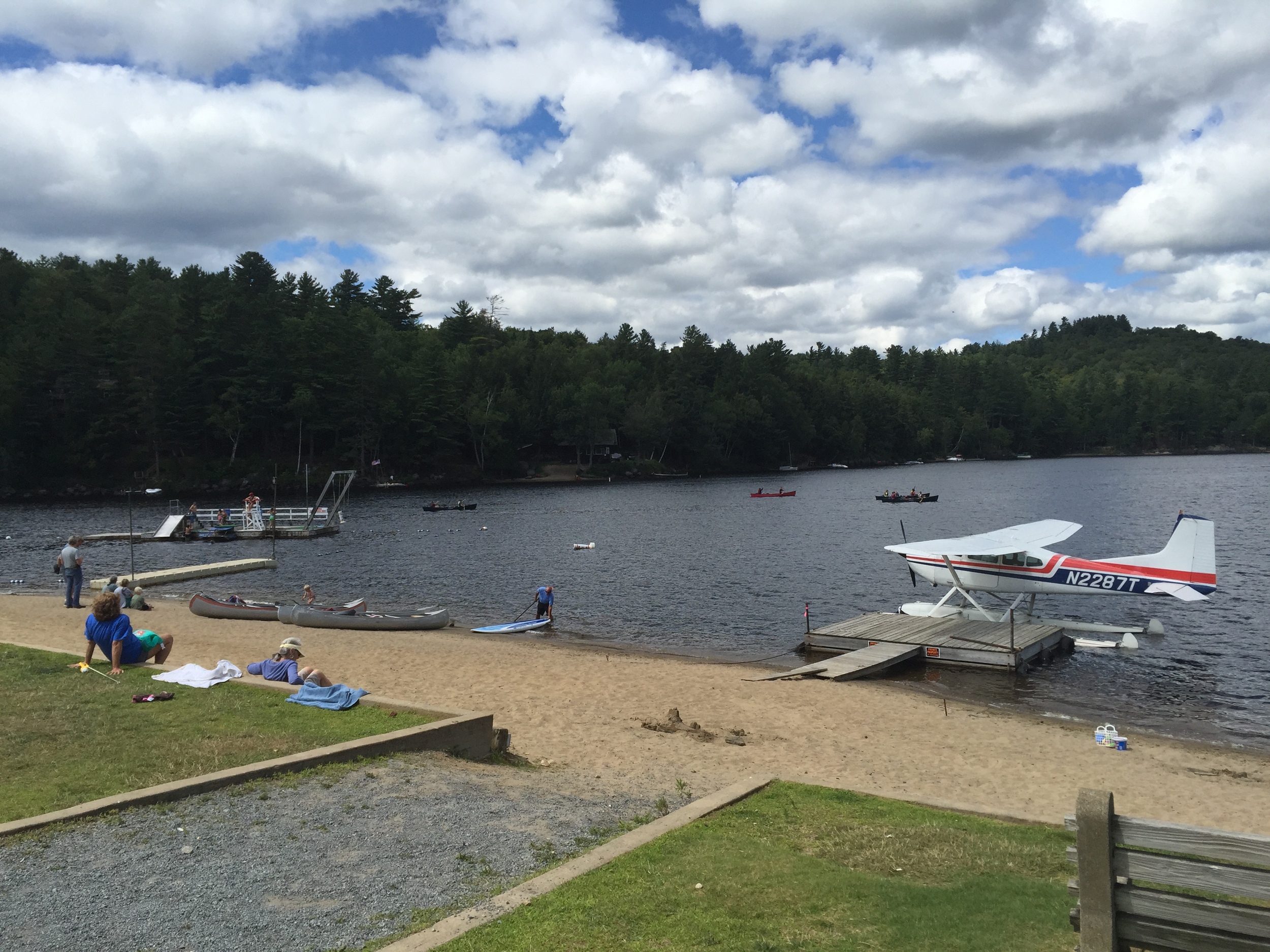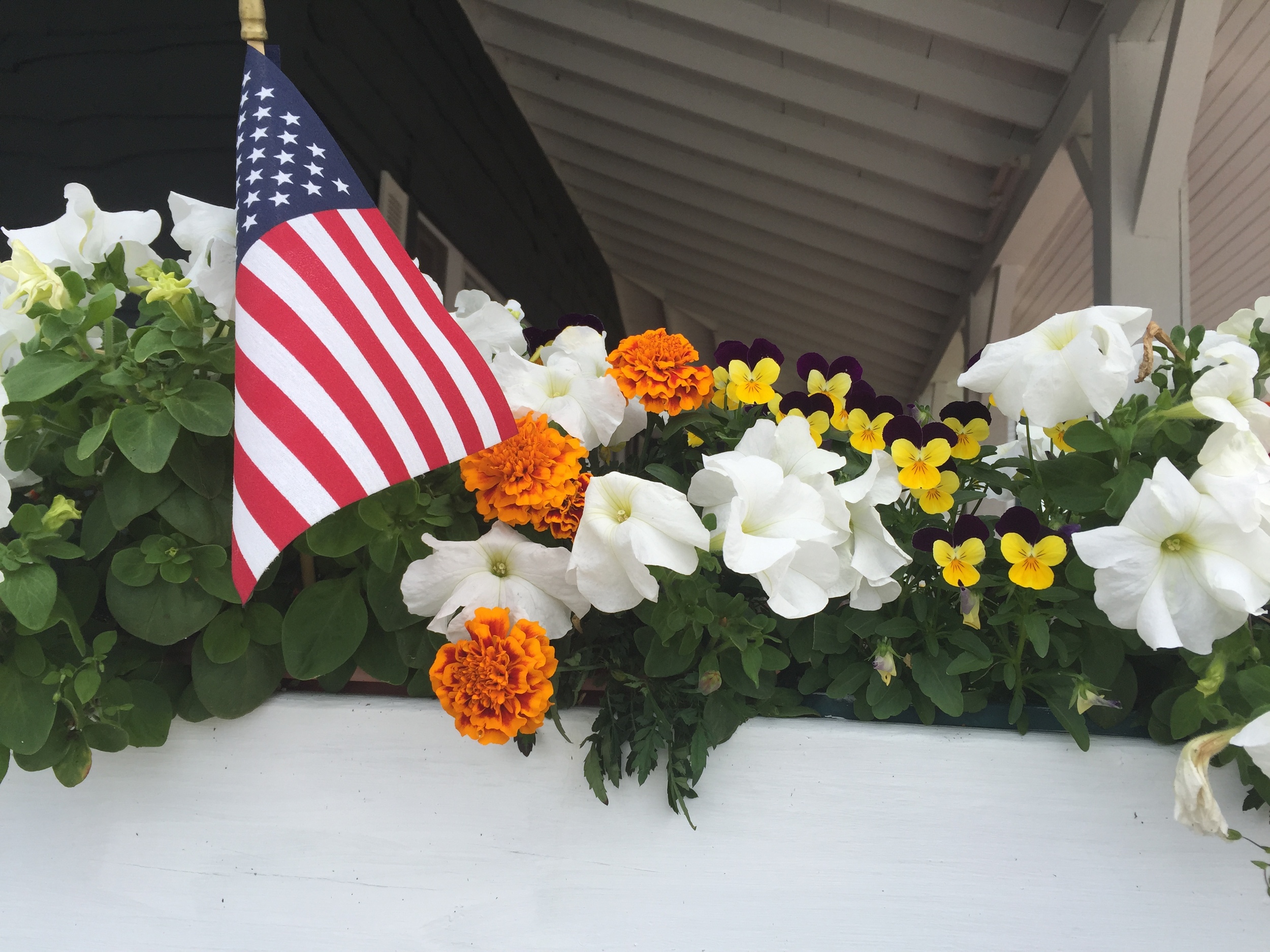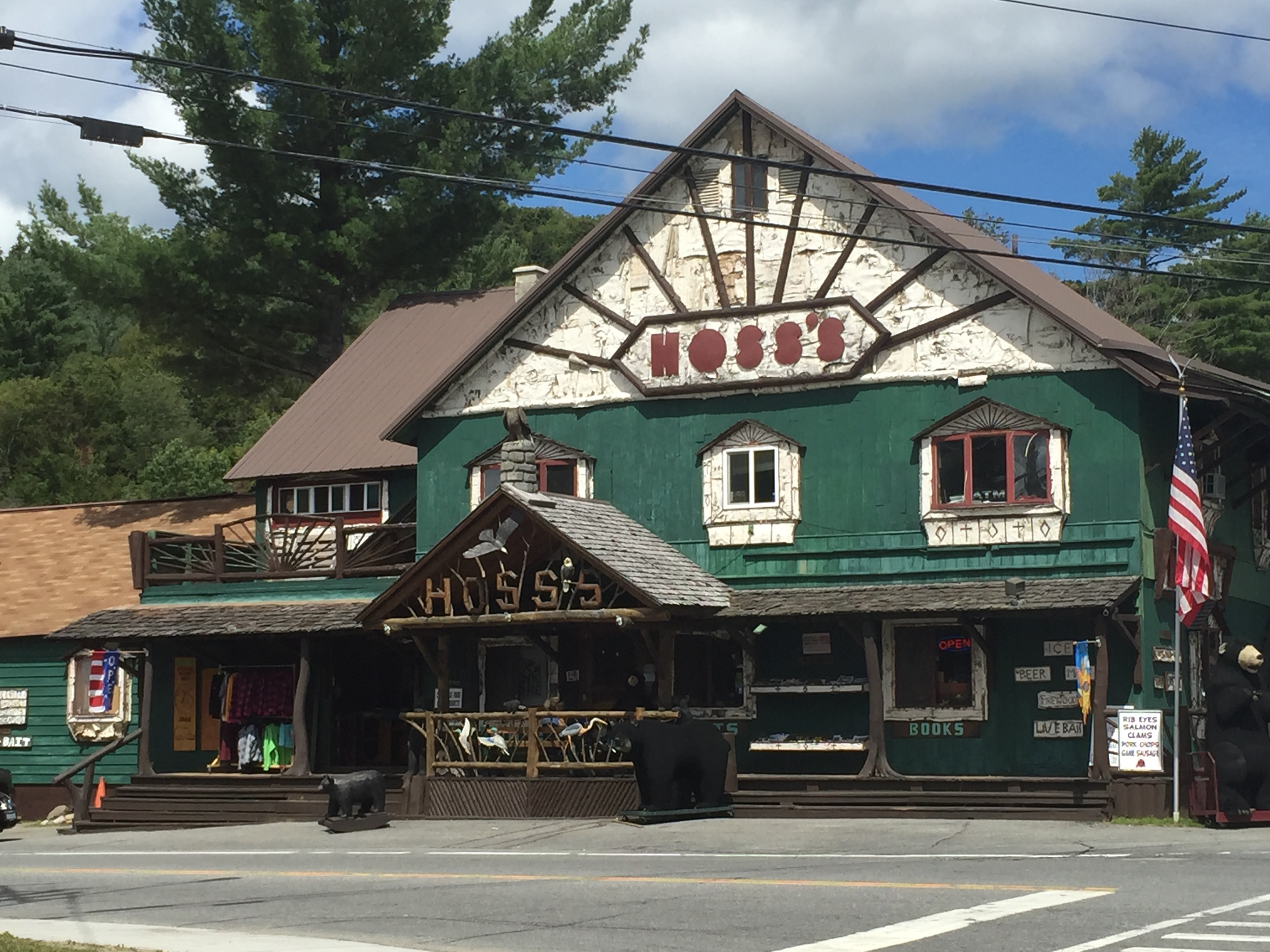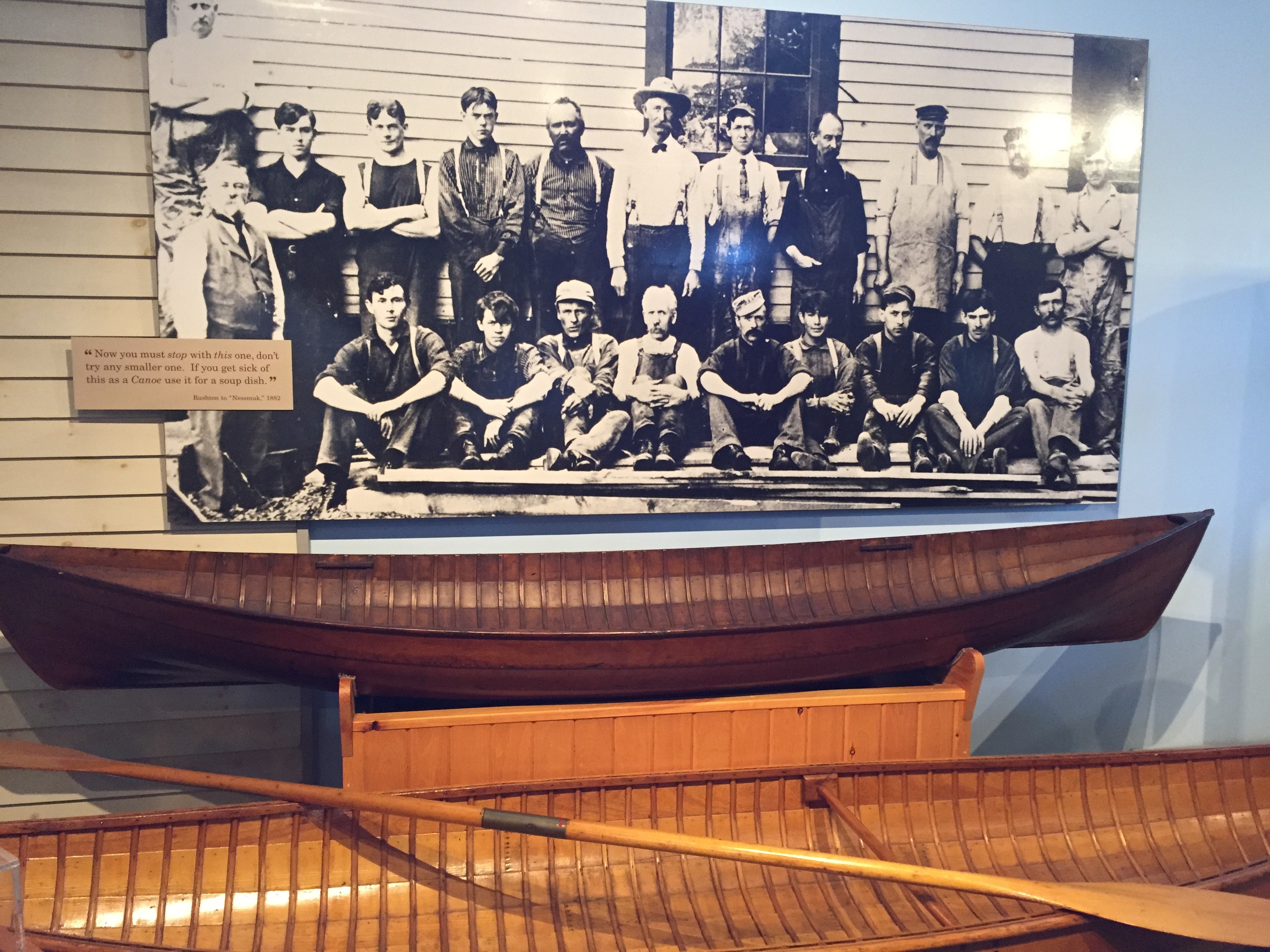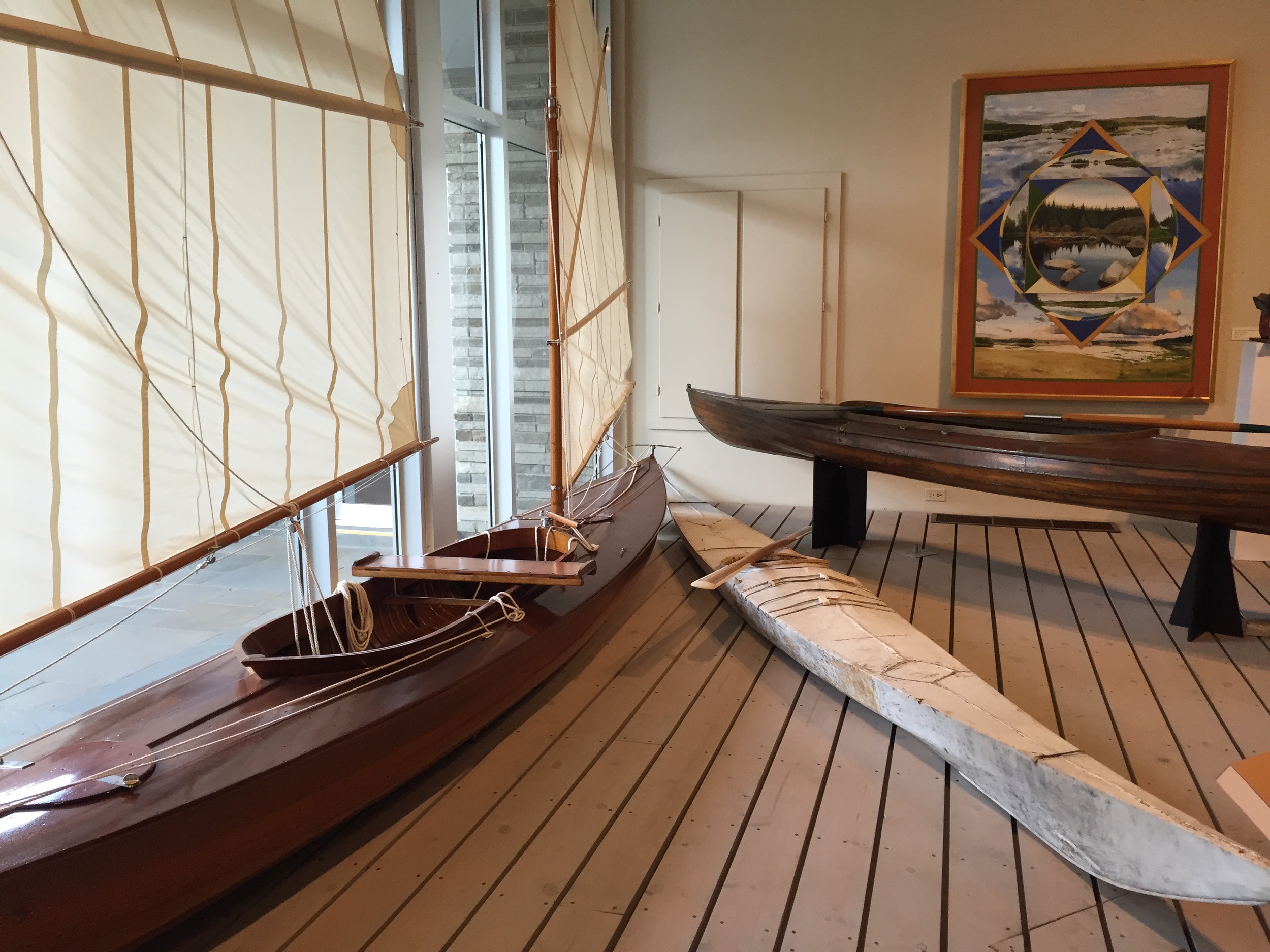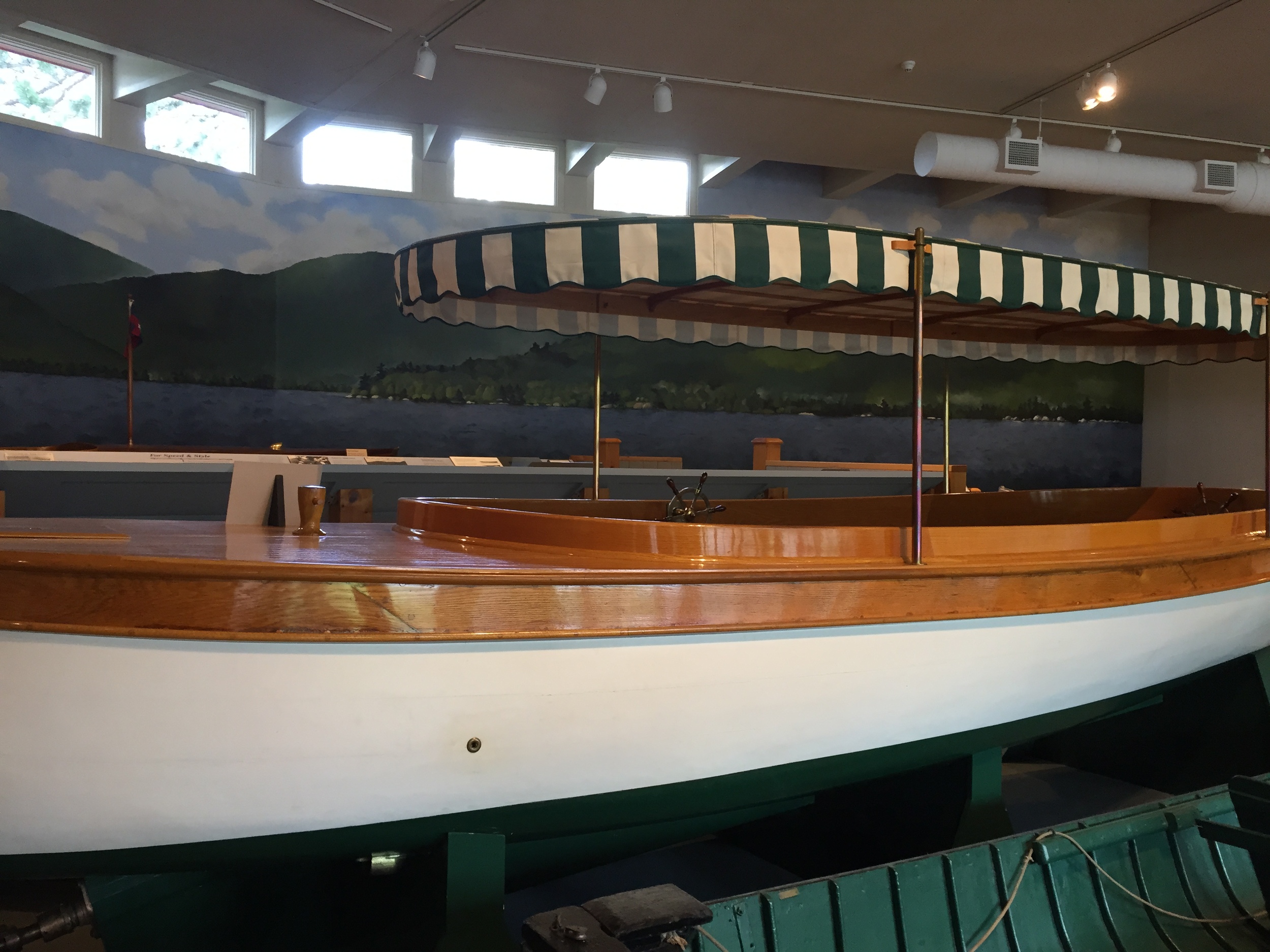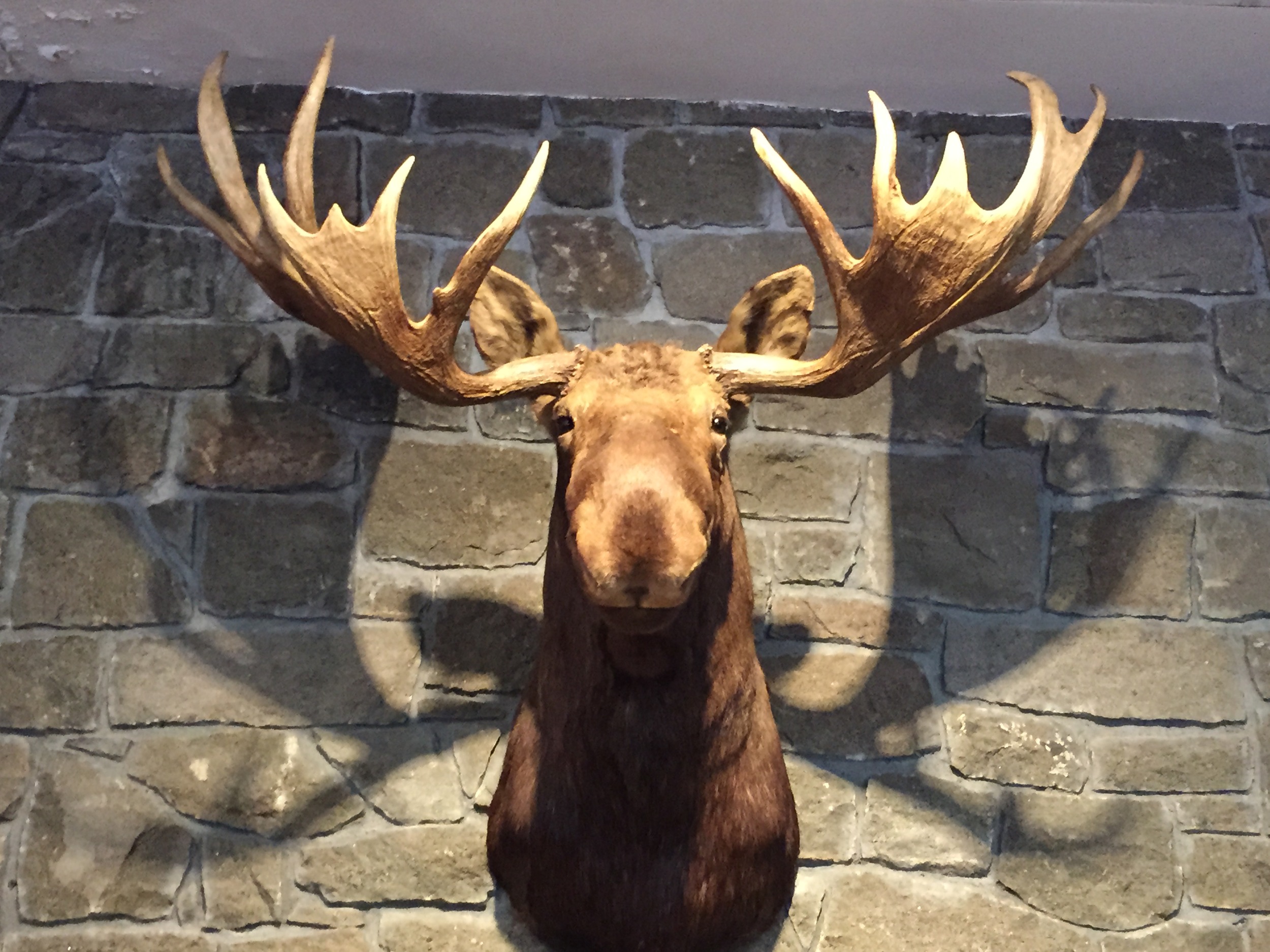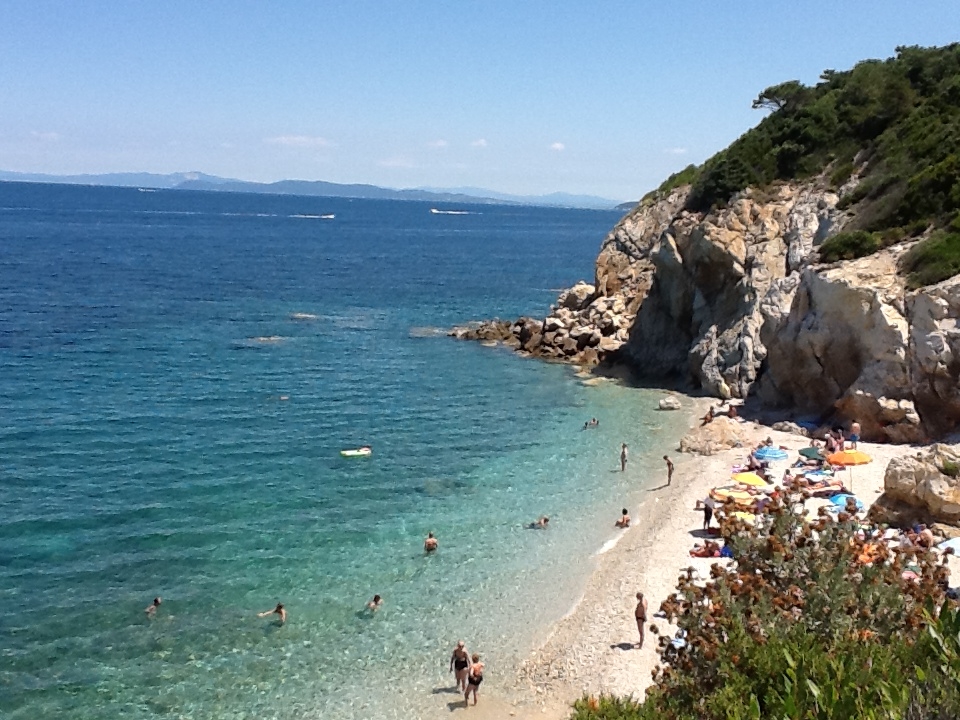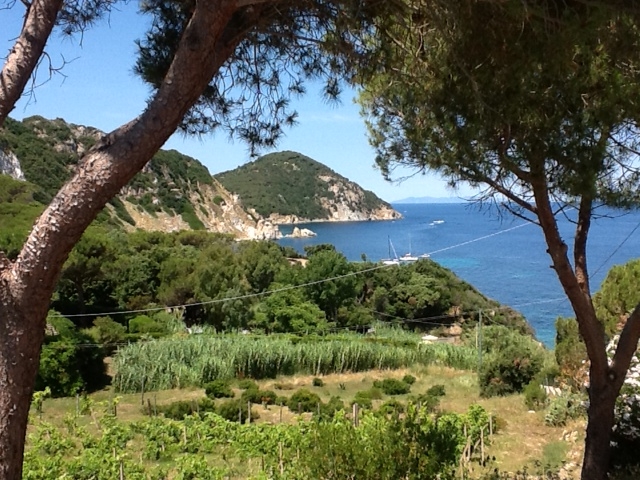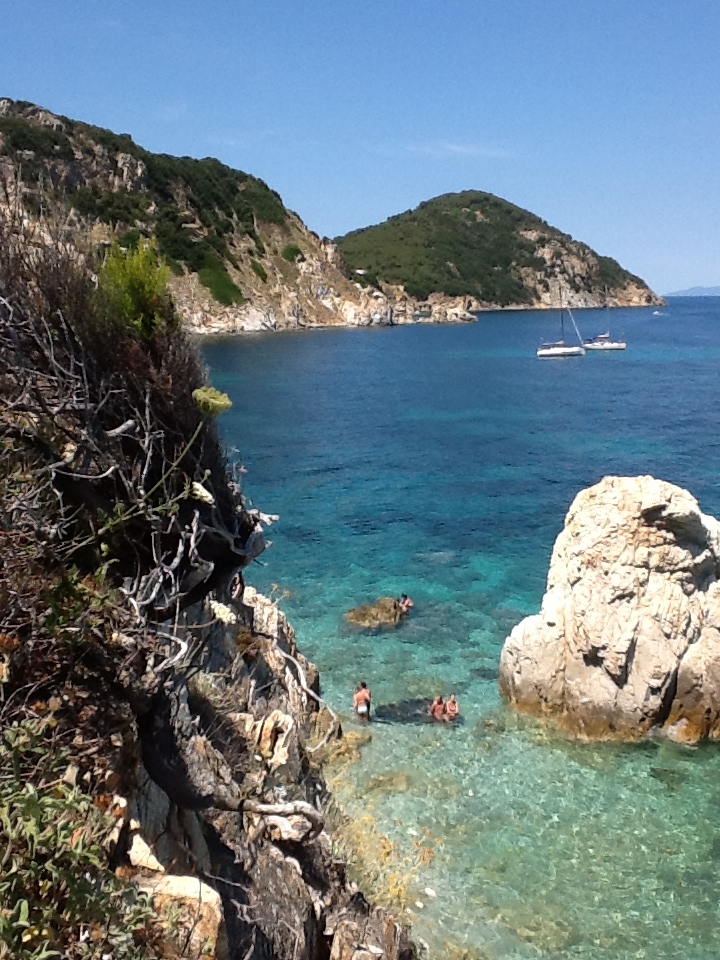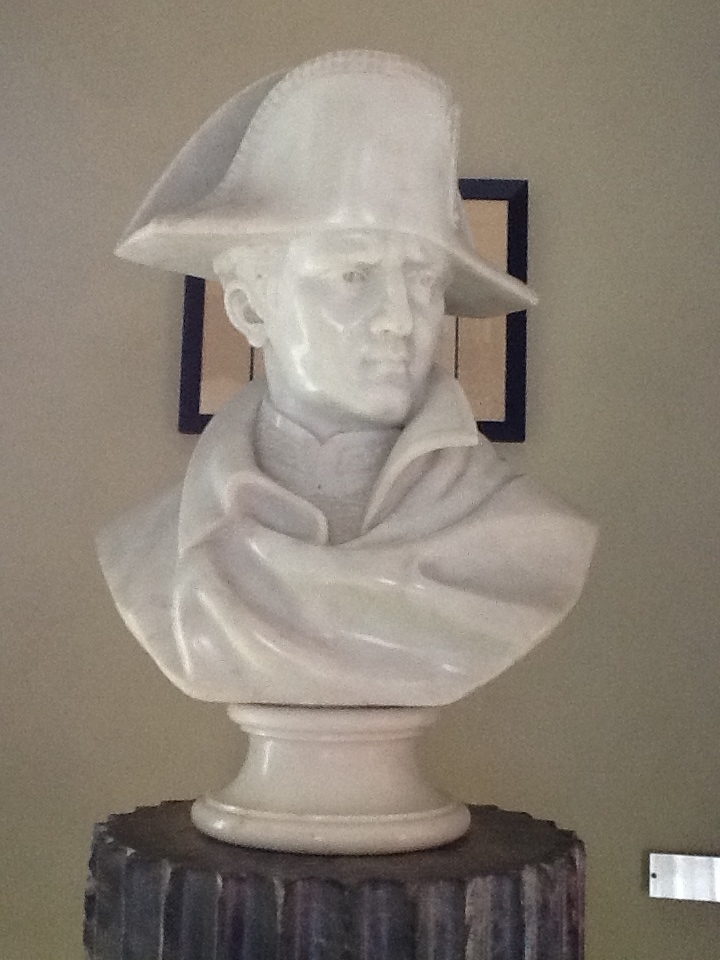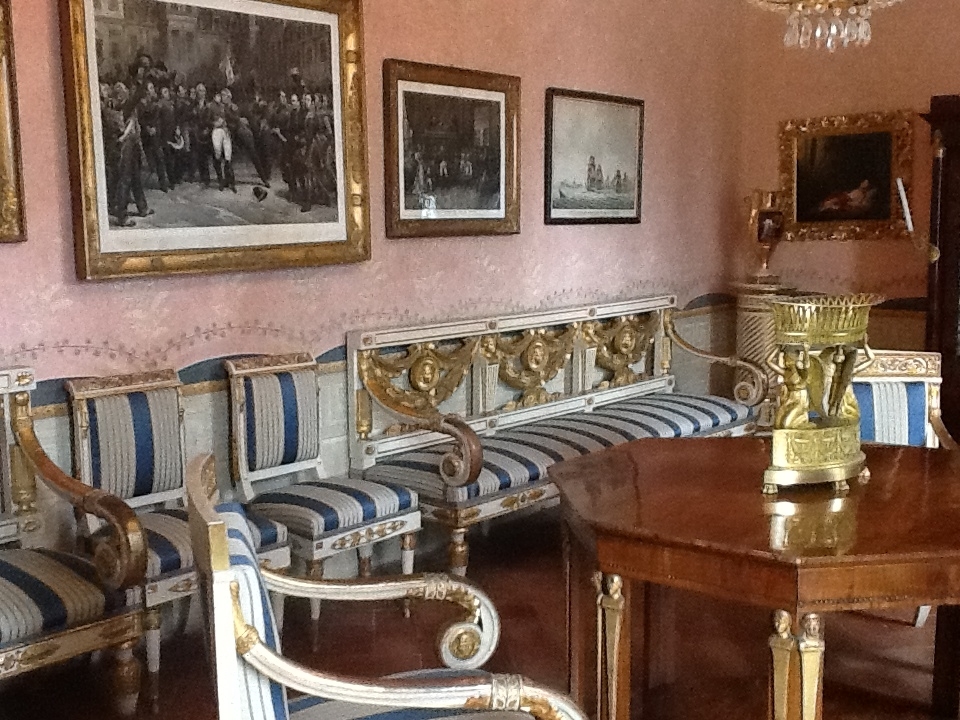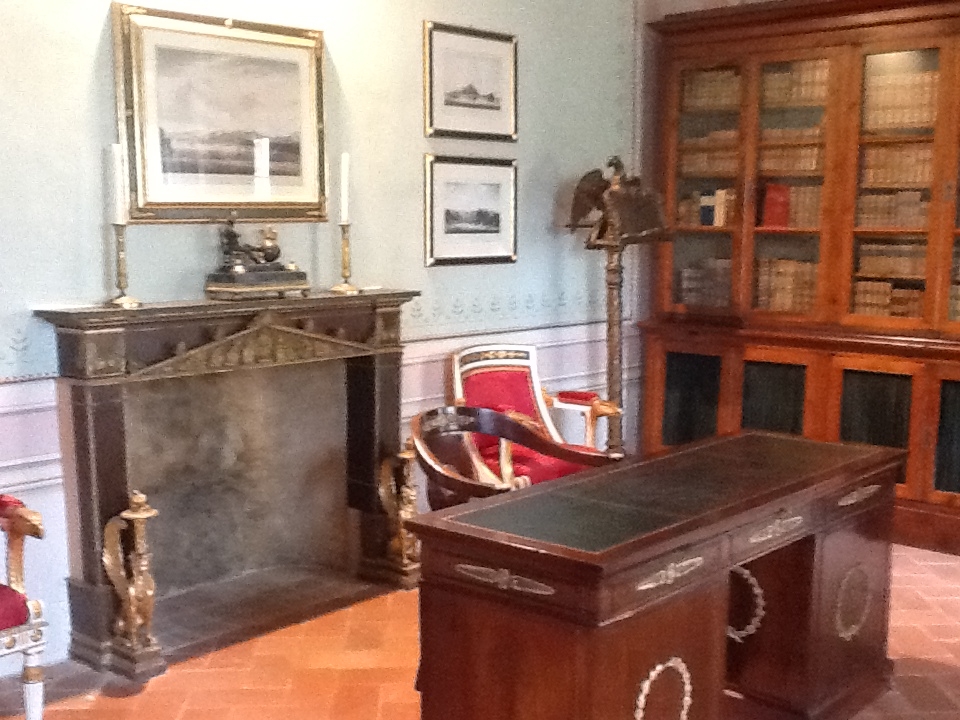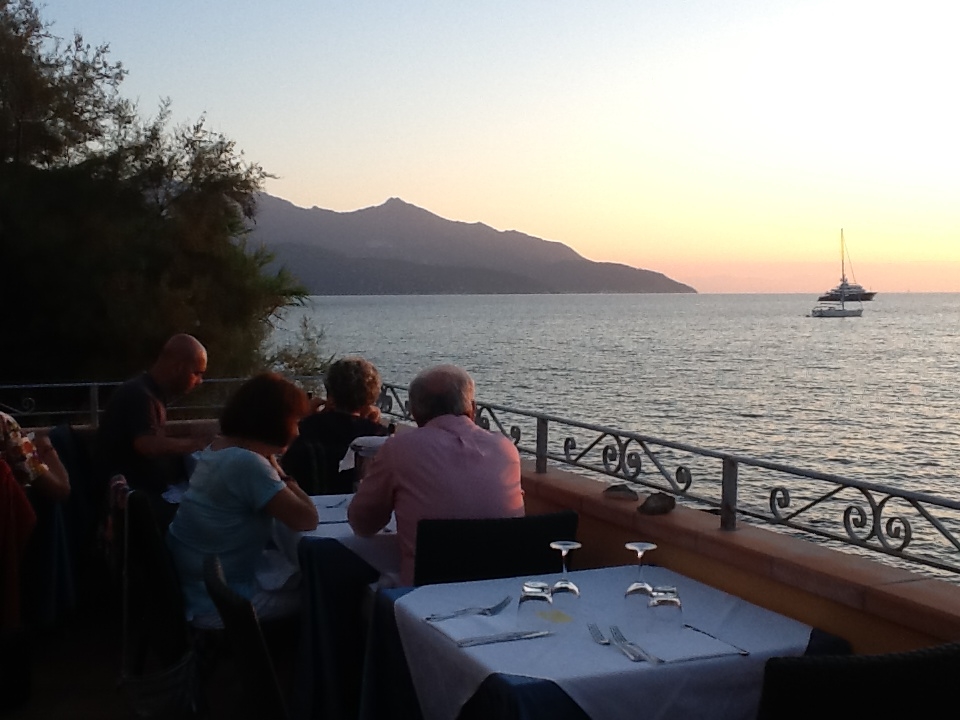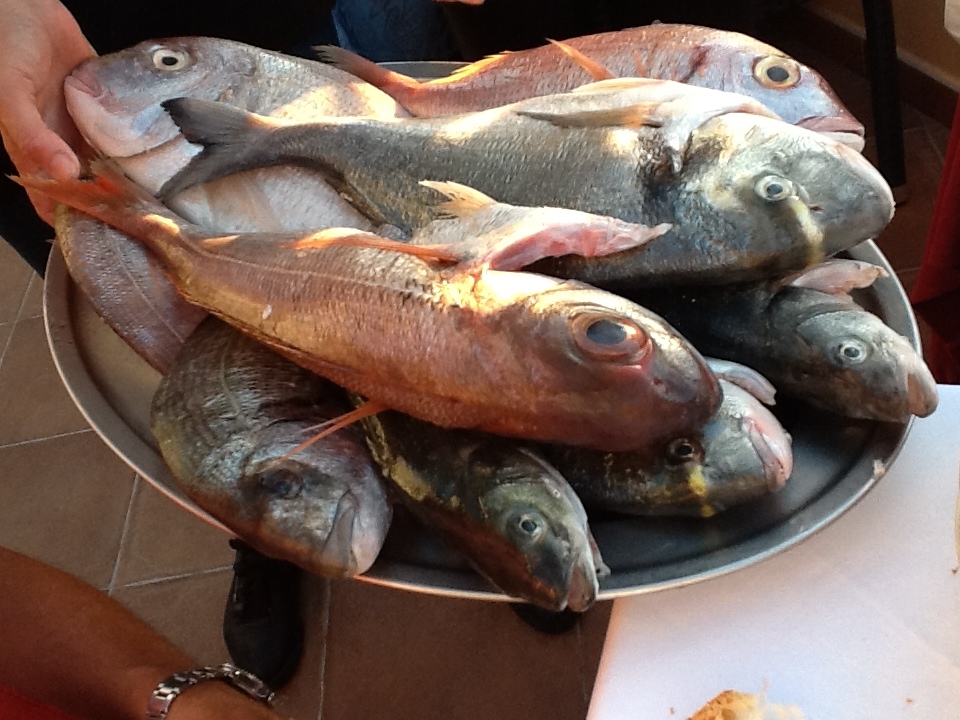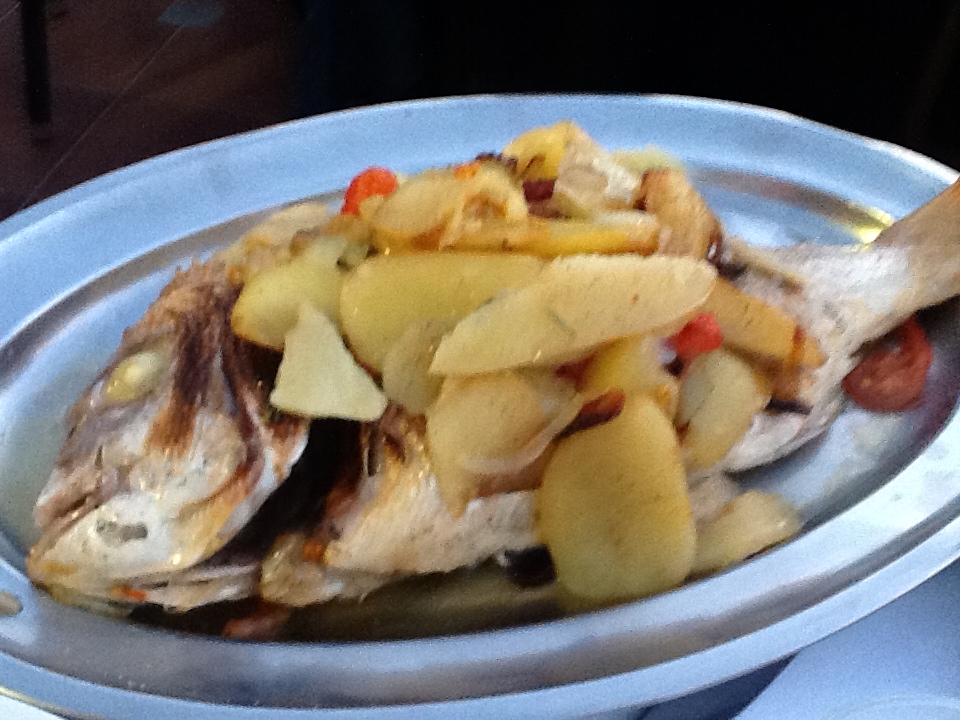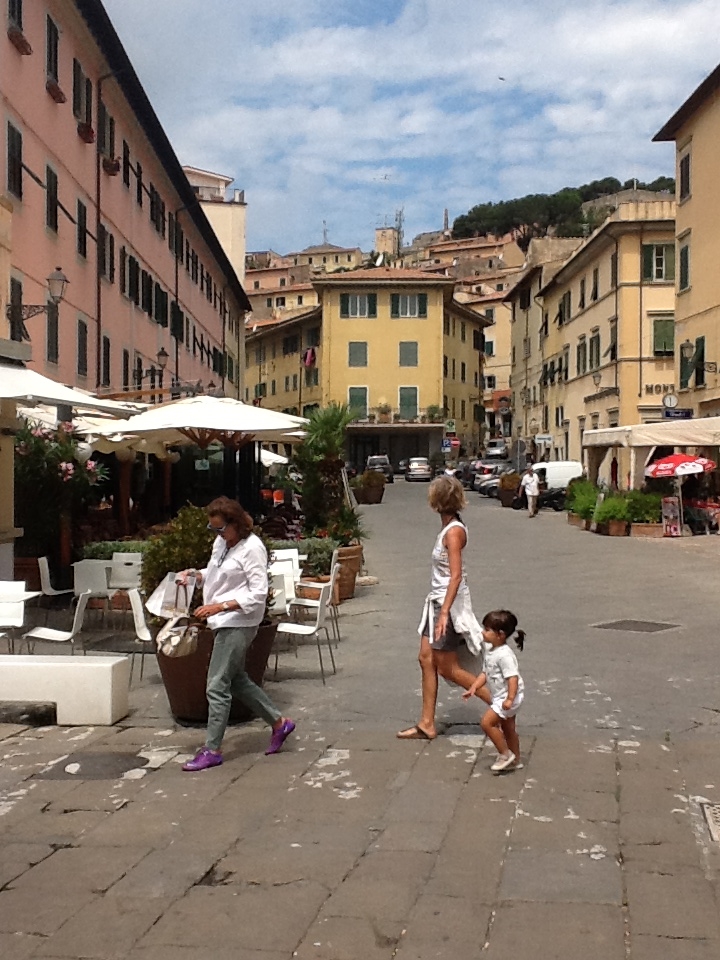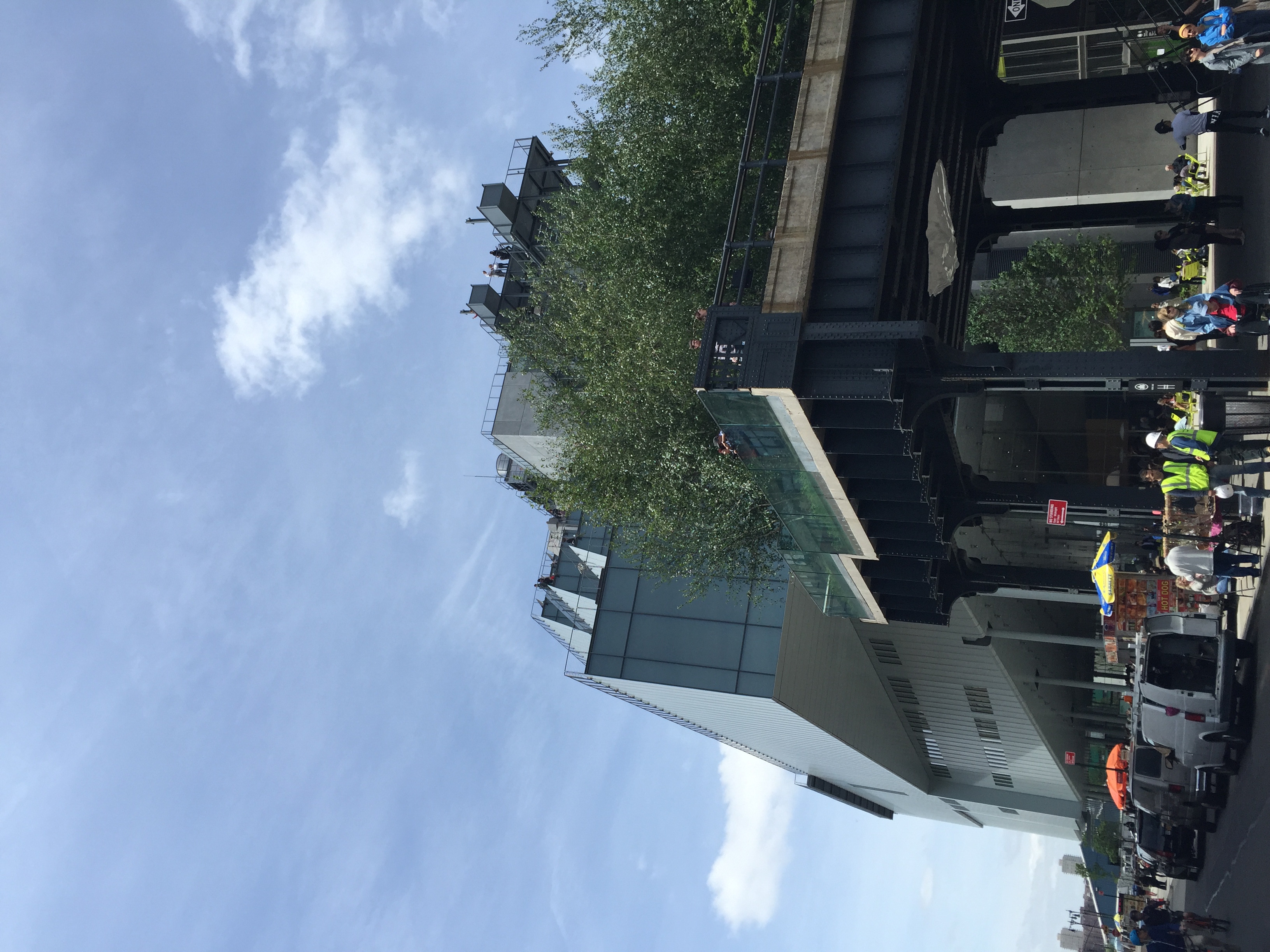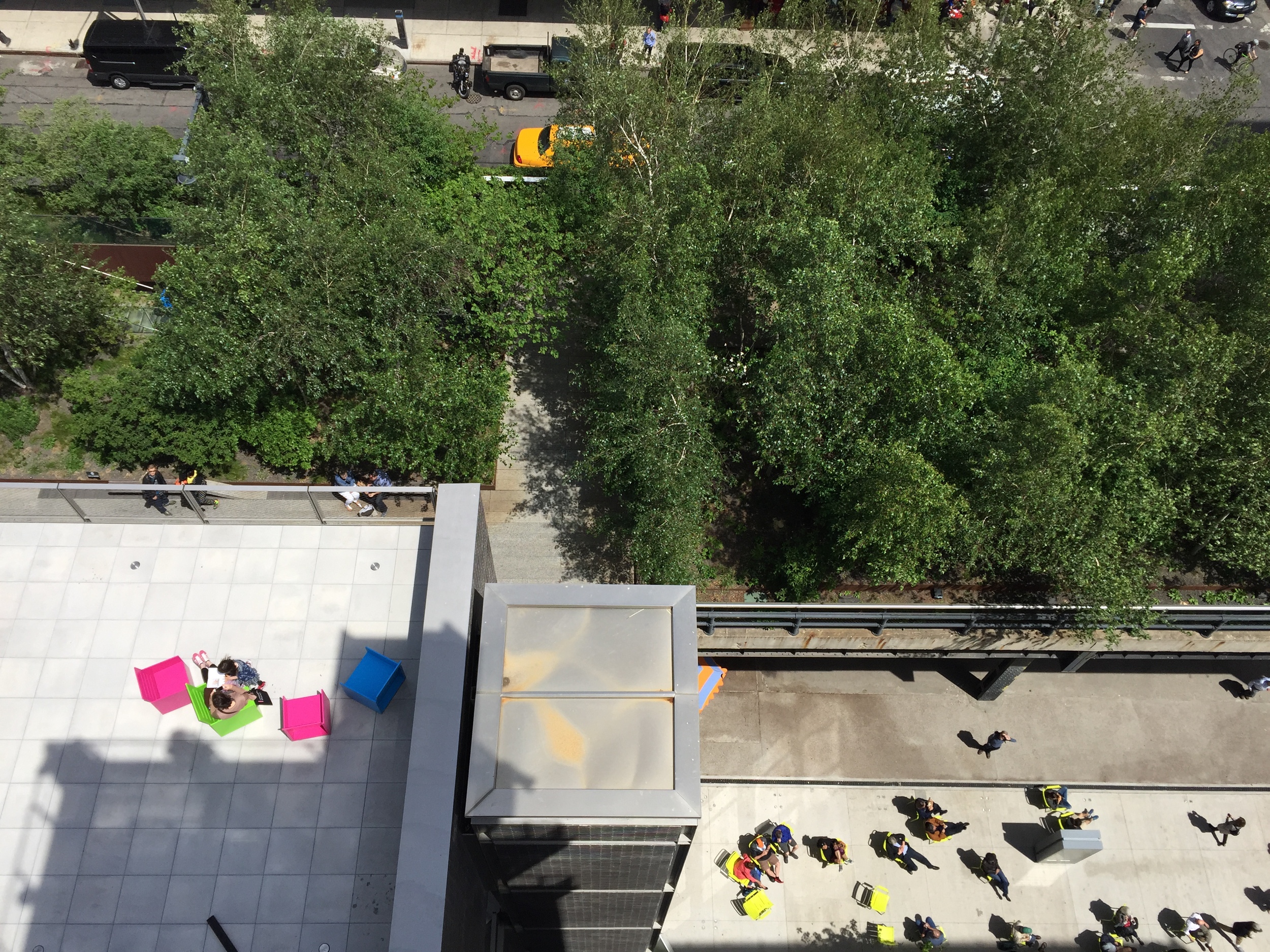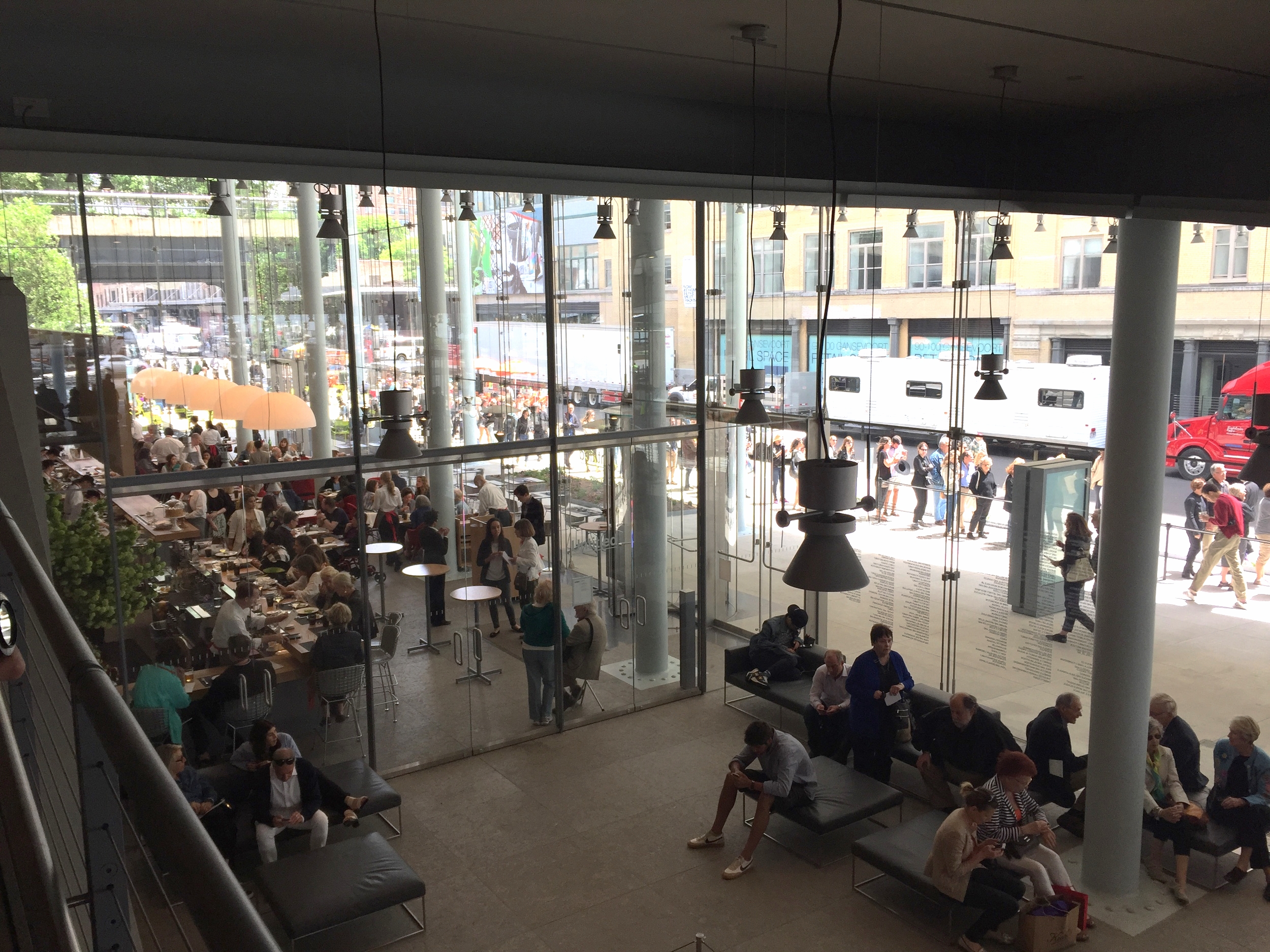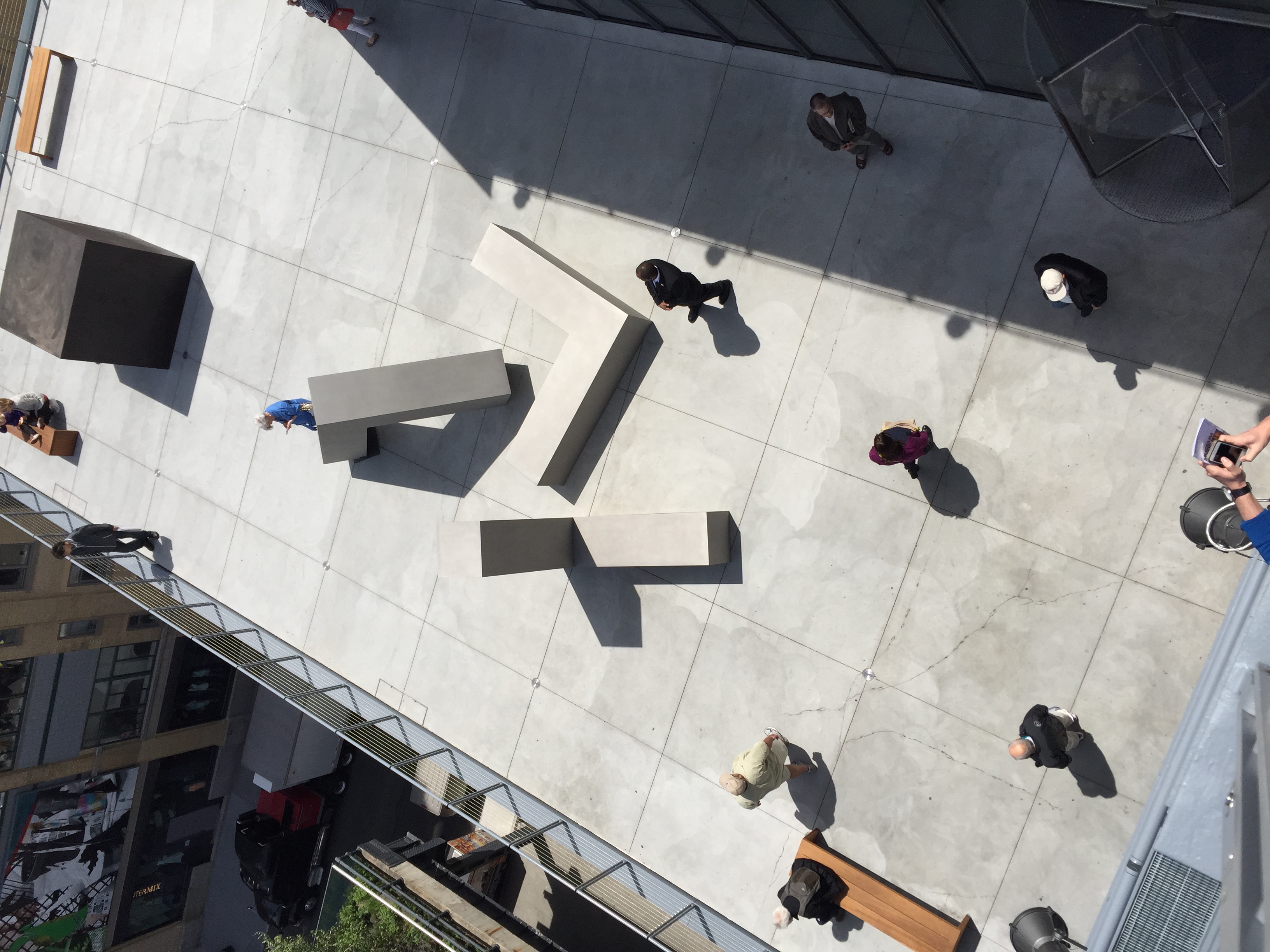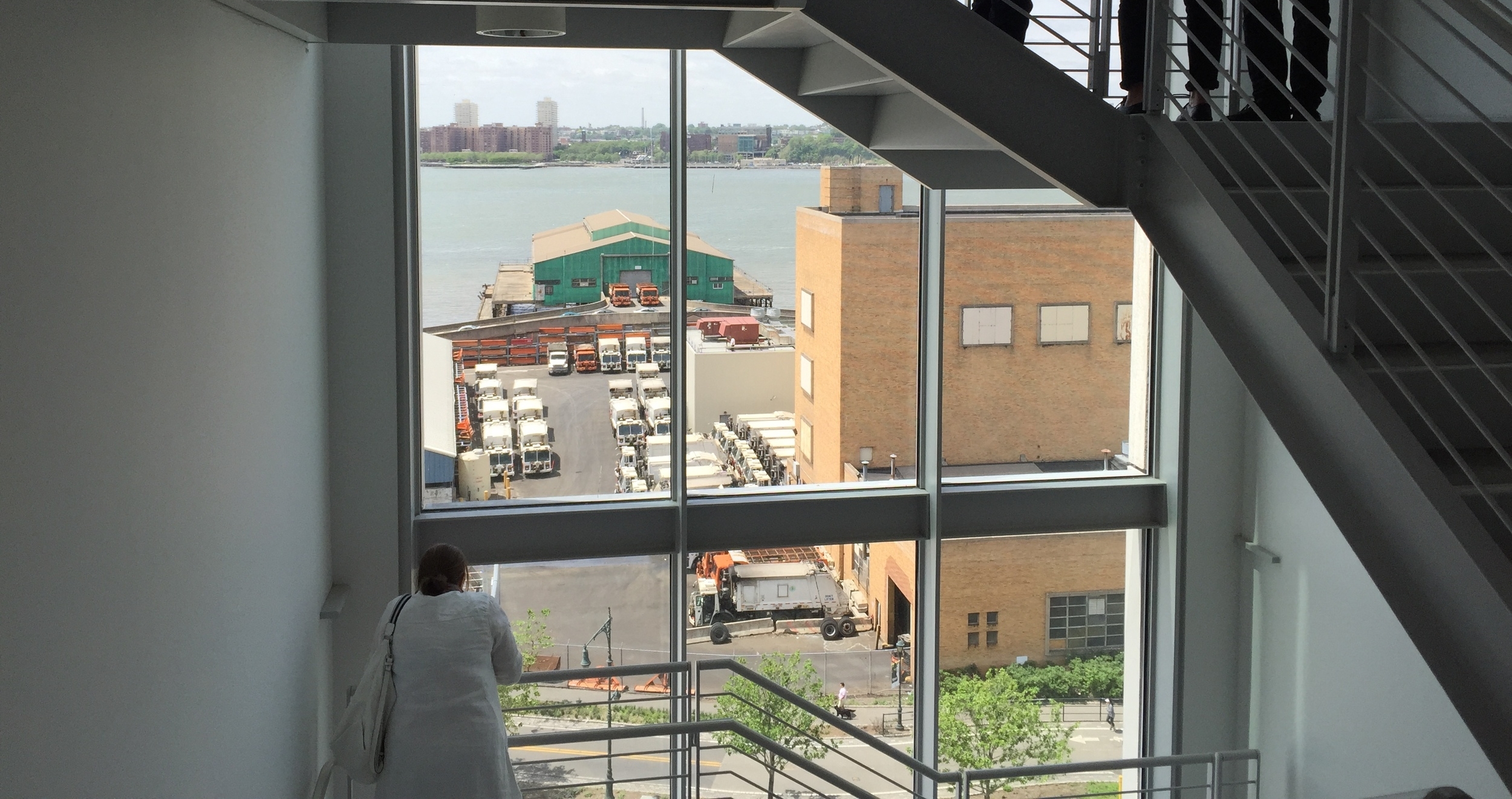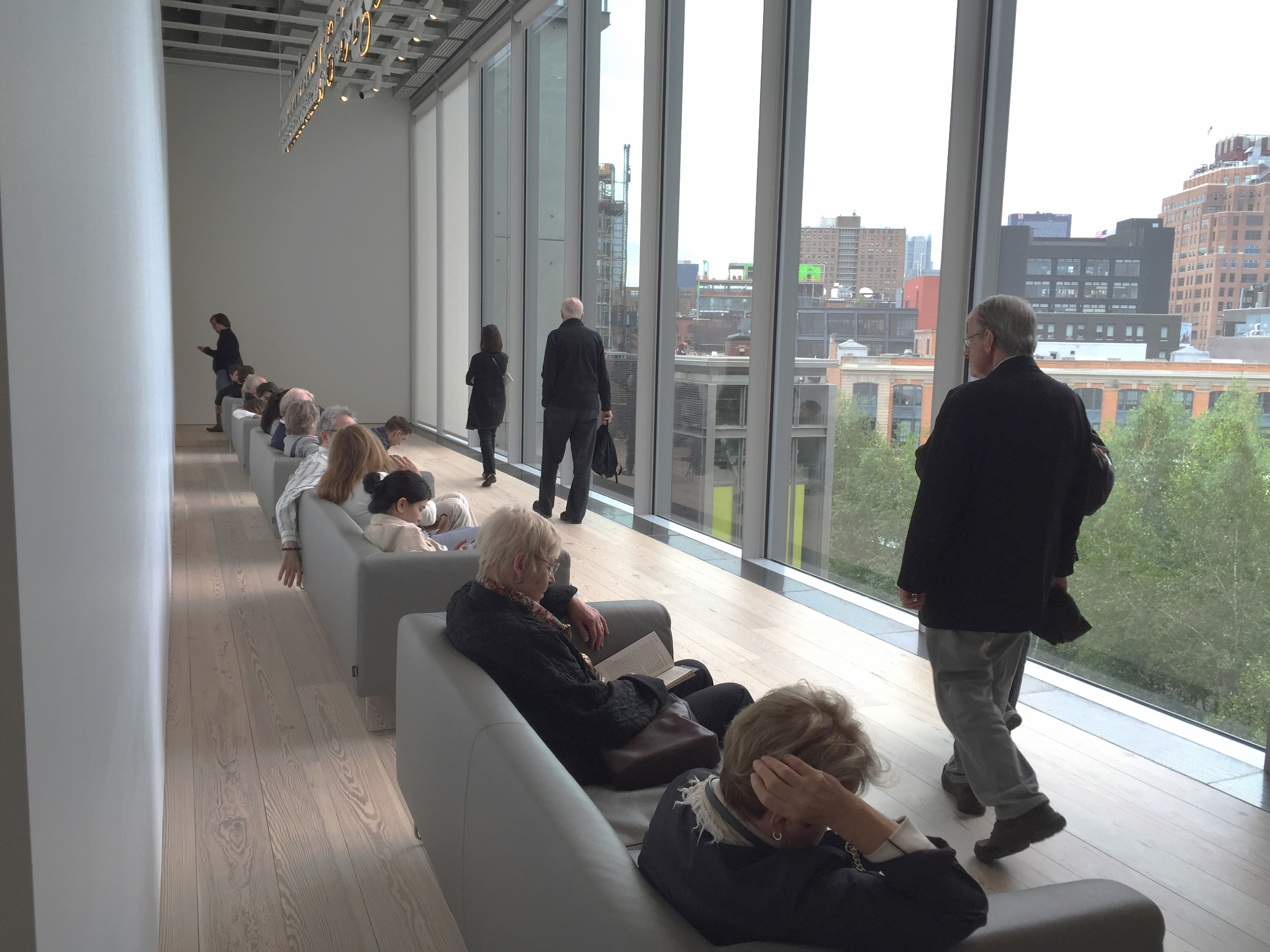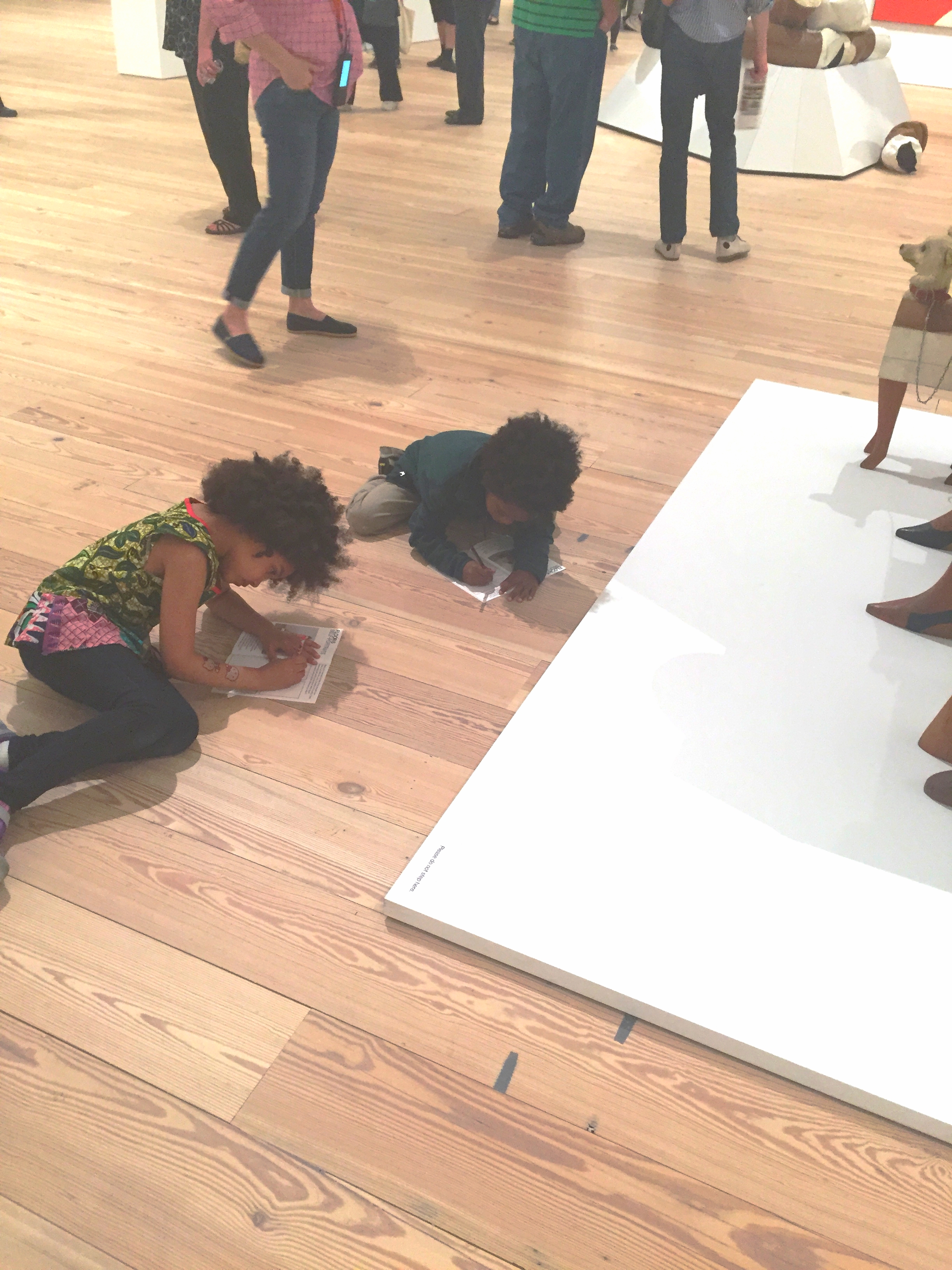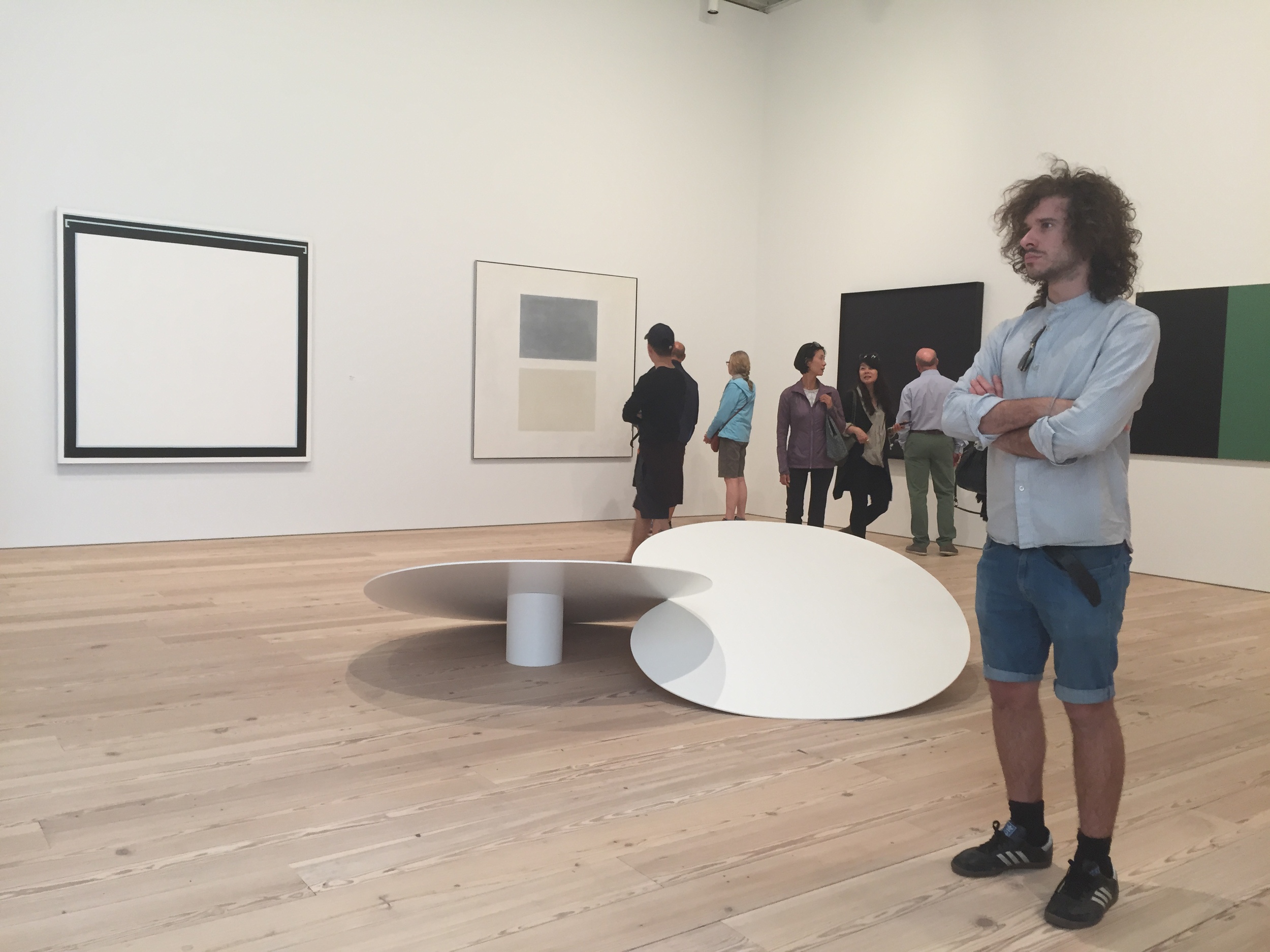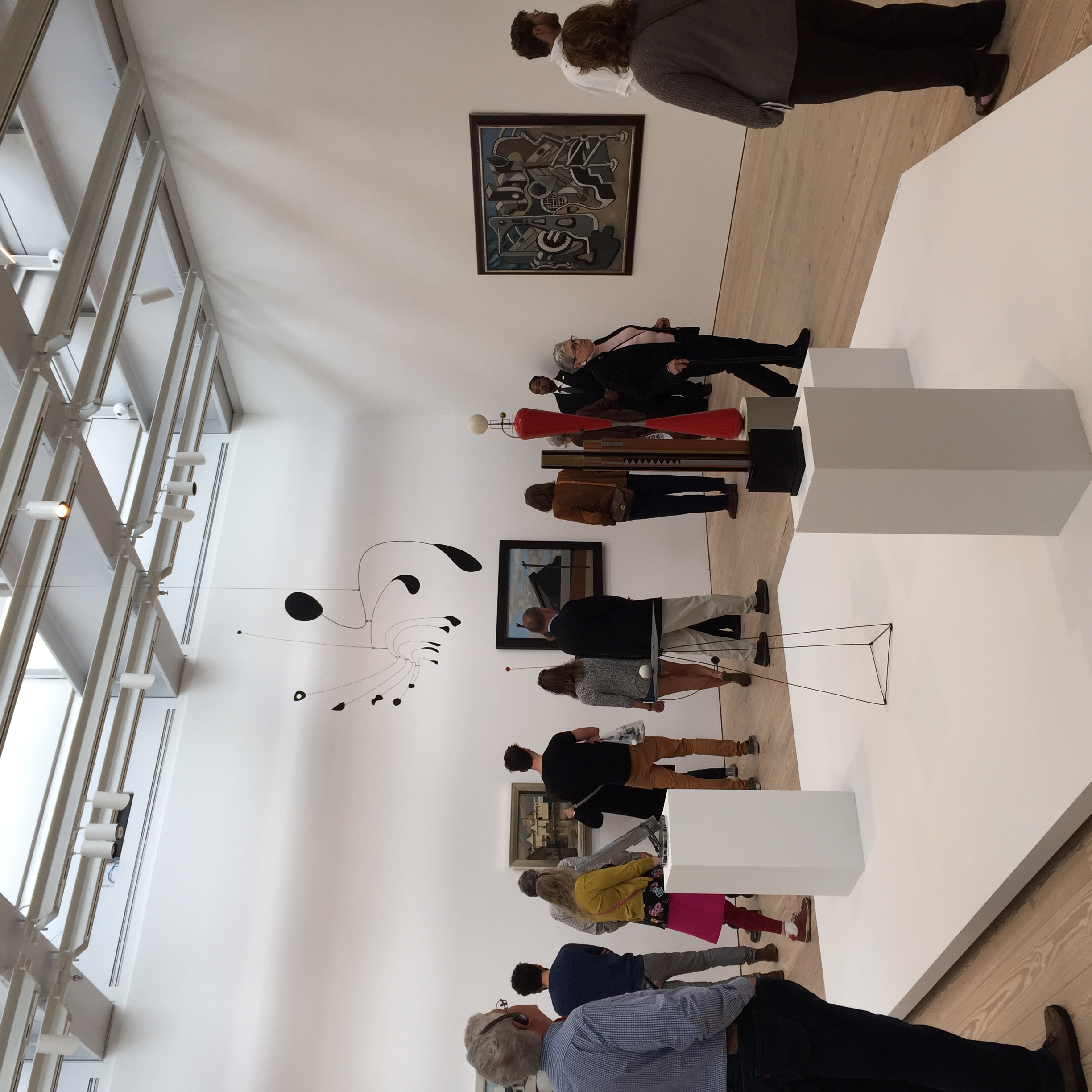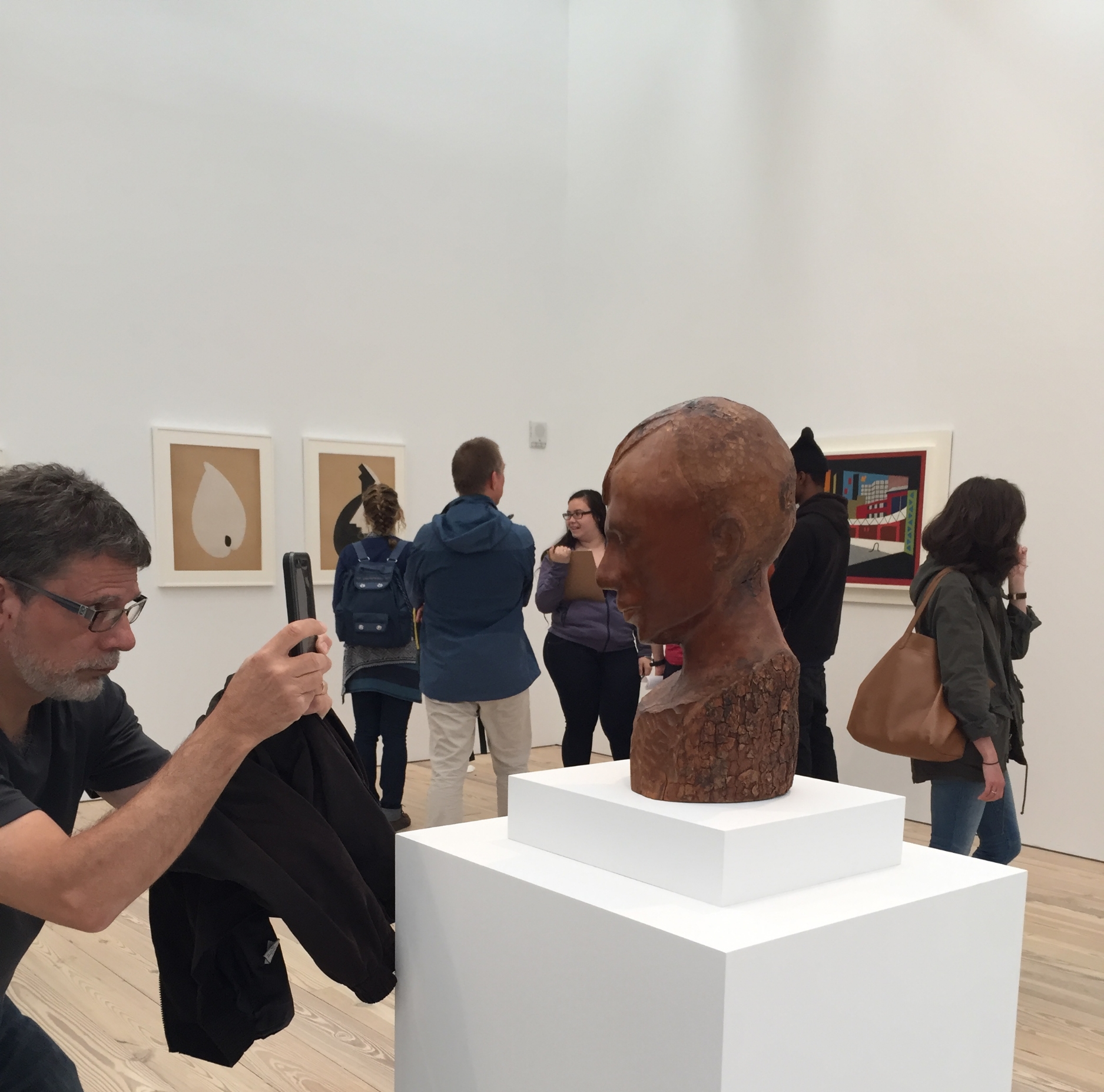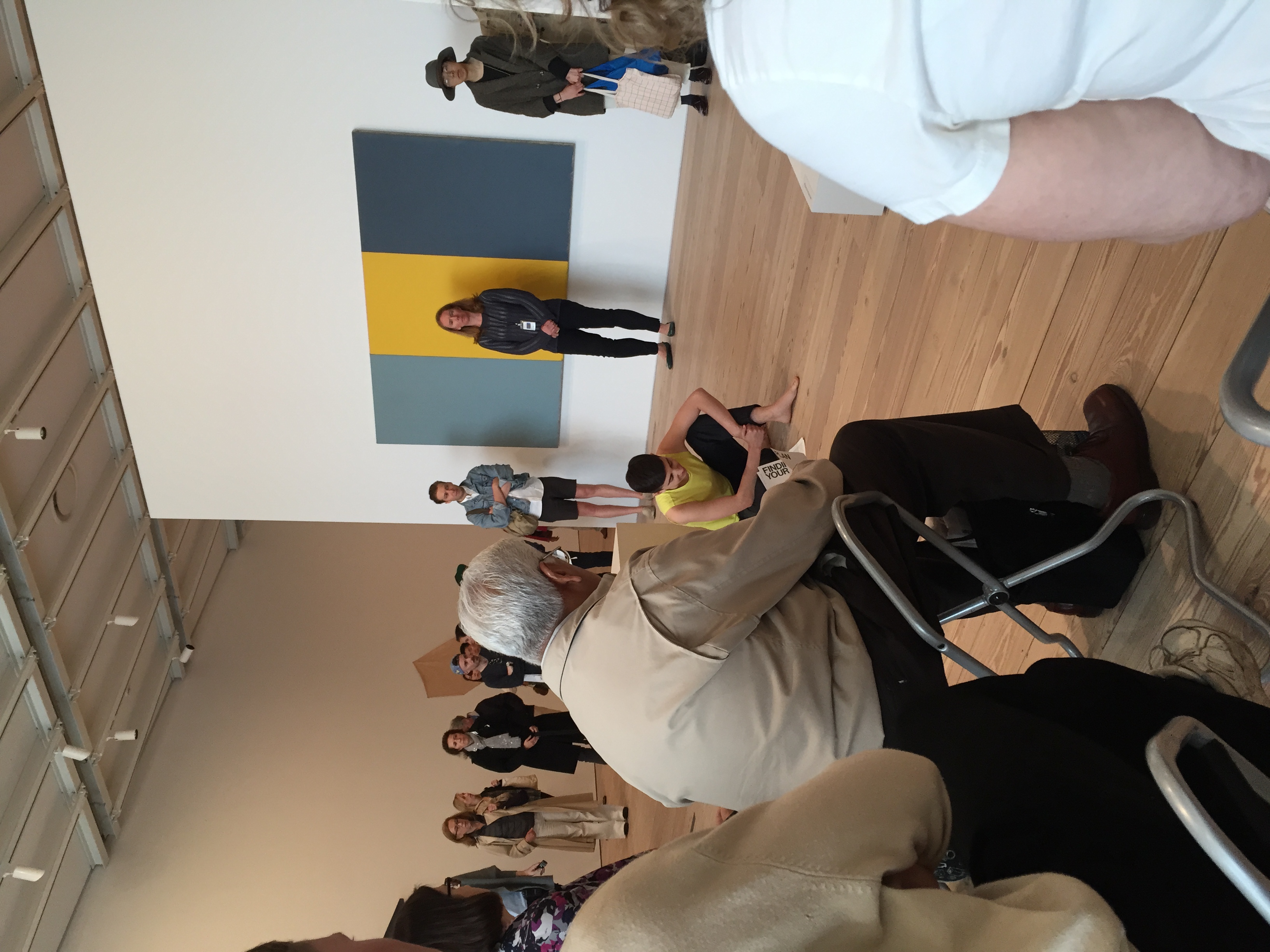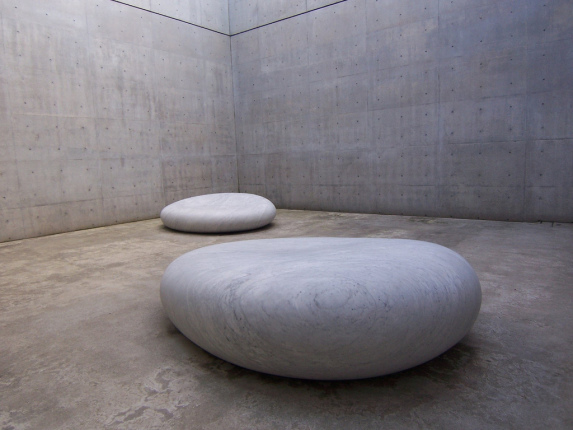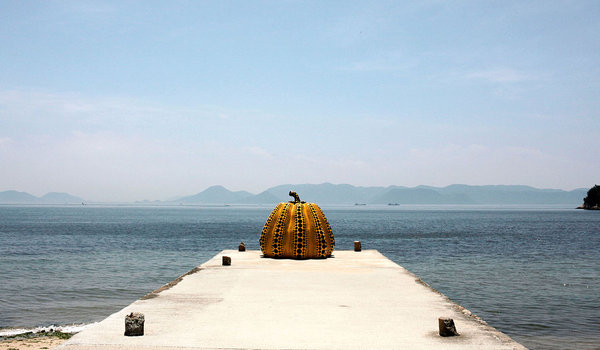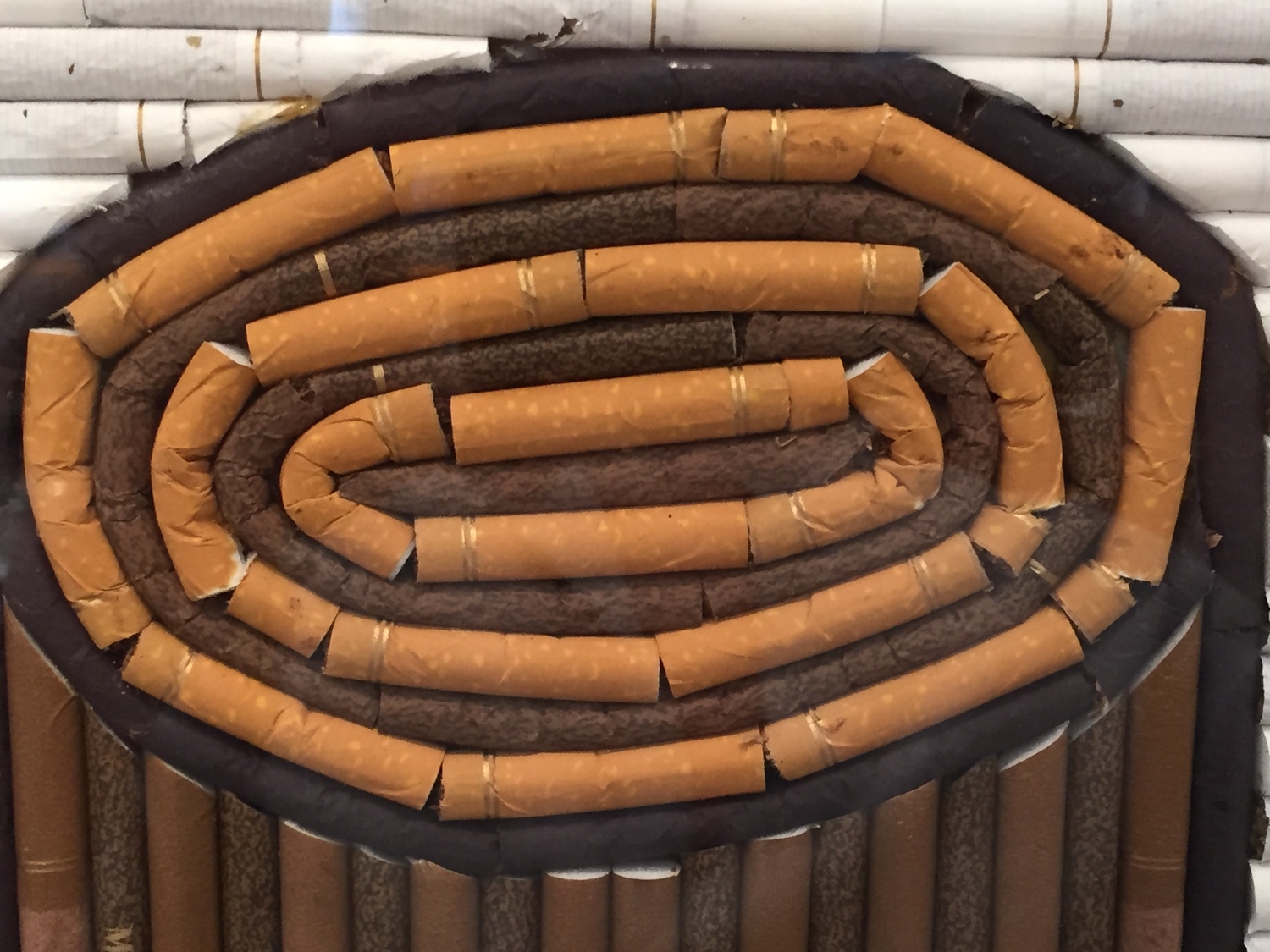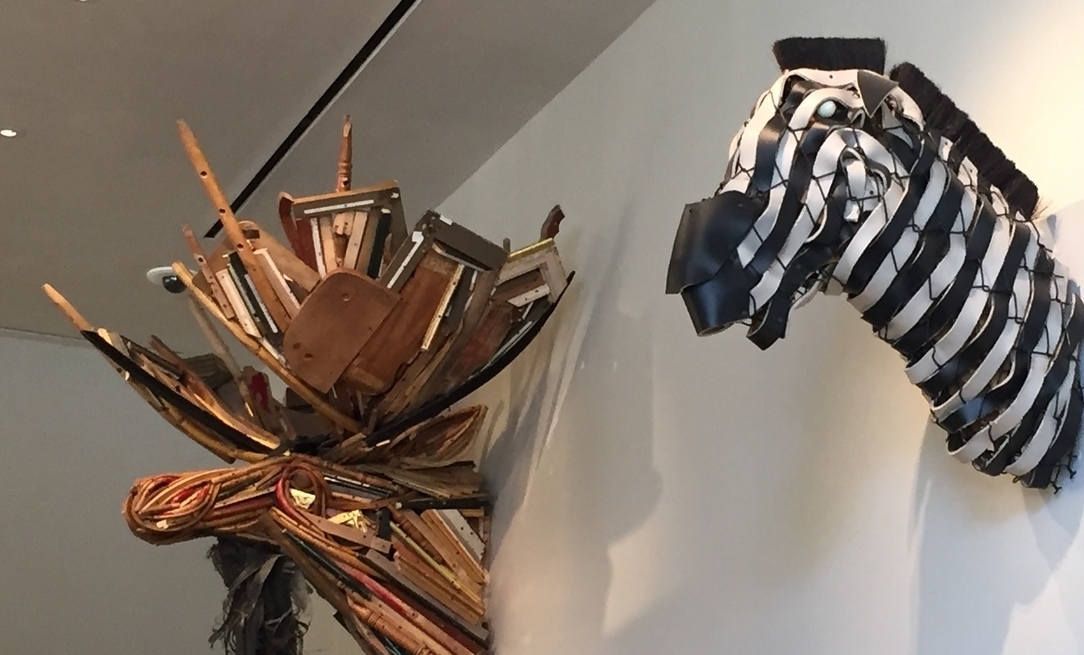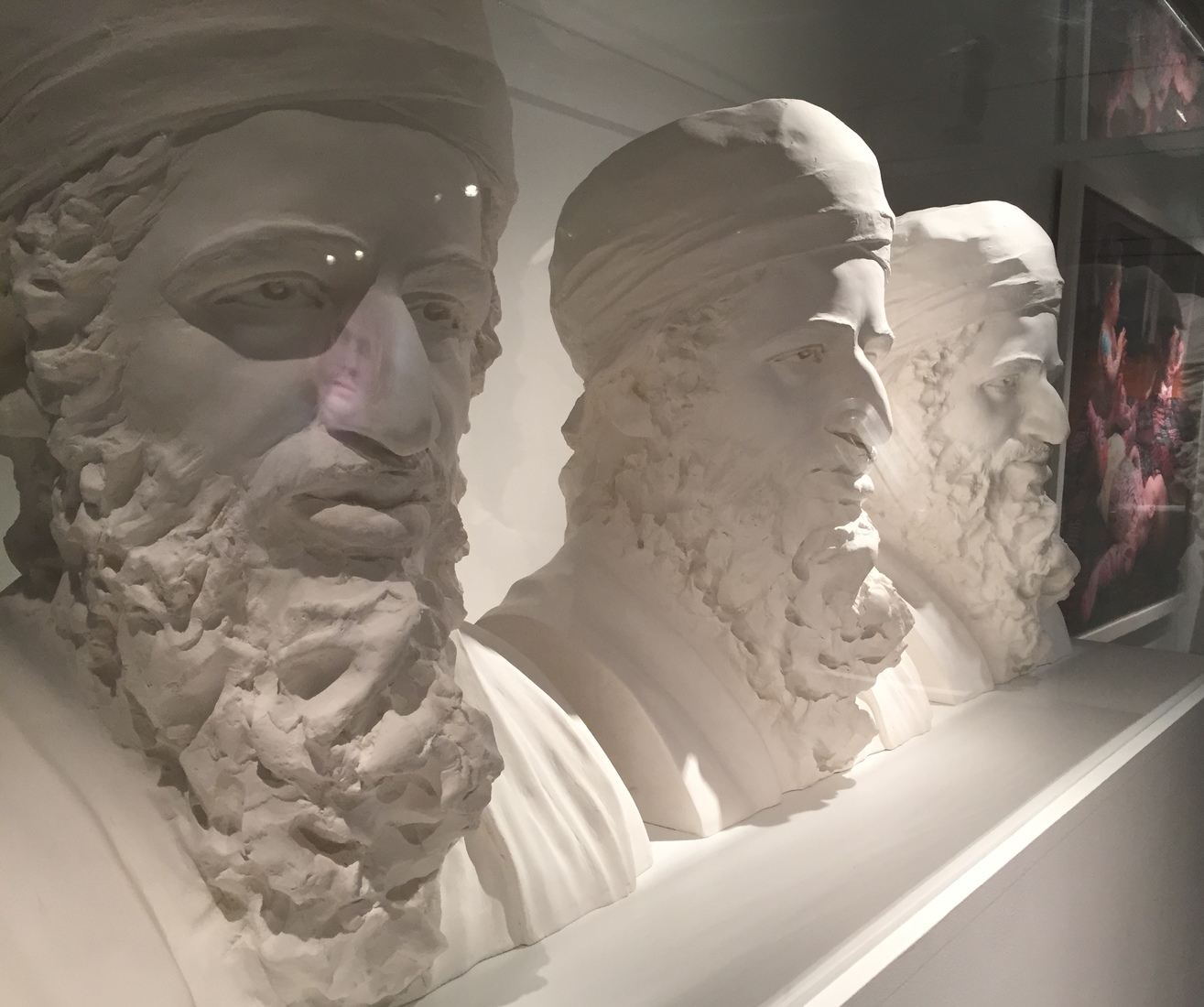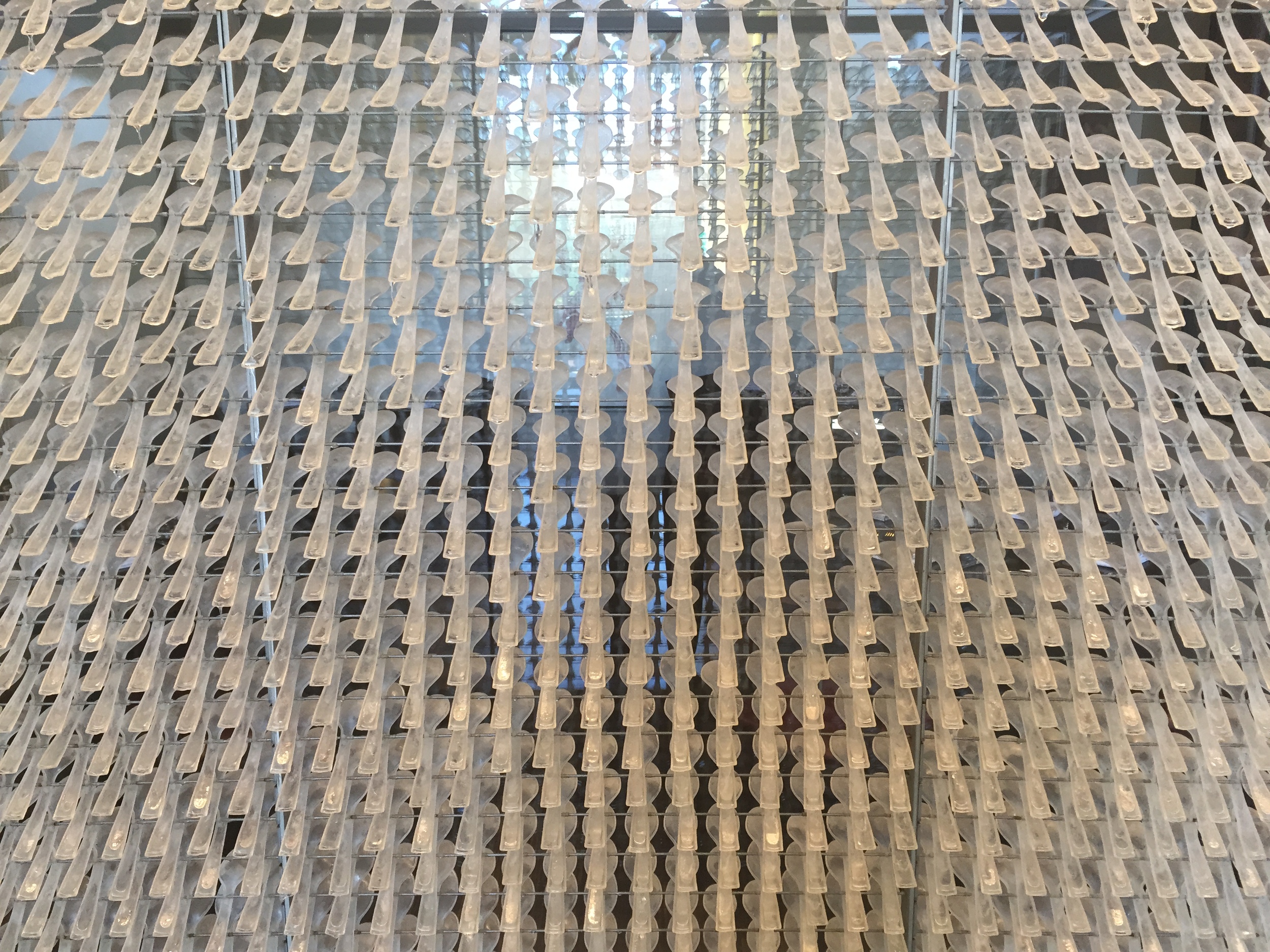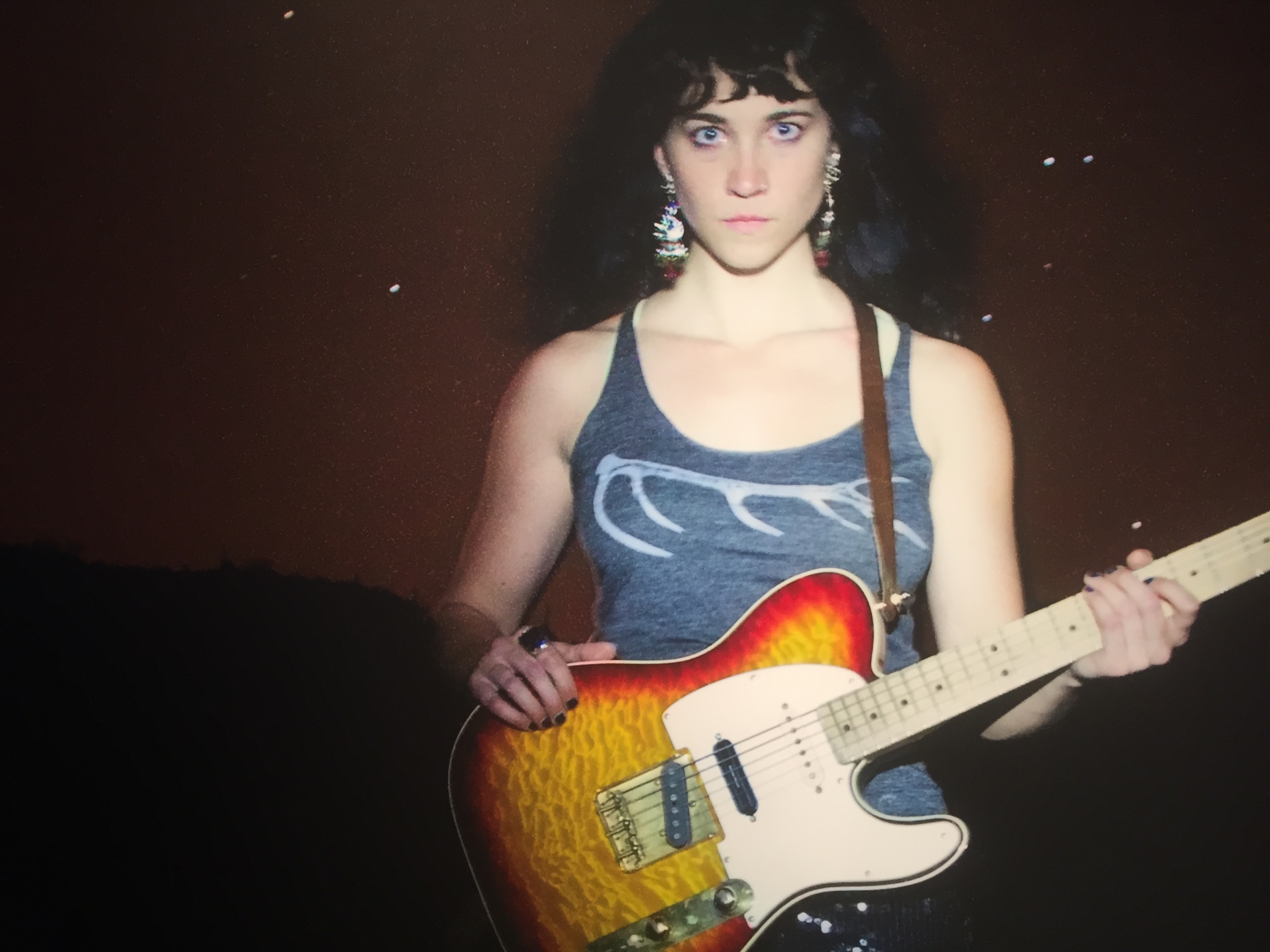[Hover for Image Captions]
ELBA – A Tuscan Alternative.
When one thinks of a beautiful island off the coast of Italy, most think of Capri. While I agree that Capri boasts breathtaking landscapes, luxurious accommodations and is the place to see every nationality in the world who are attracted to its shops and piazzas, I find another island not far from the Tuscan coastline more appealing.
That island of 86 square miles is Elba, better known as the first place of exile of Napoleon Bonaparte. Each year, it is a favorite destination of mostly Italians who love its clear blue waters, quiet beaches, fine restaurants, and wonderful boating and hiking opportunities.
It does not attract the glamourous, rowdy crowd who head to coastline of Sardinia. Nor does Elba attract the day-trippers who clog Capri’s walkways every day during the summer season. Most visitors to Elba have homes on the island and travel there throughout the year. In fact, the island has a year round population of 30,000 inhabitants. There is a sense of a real place that does not close up shop when tourists leave the island. The landscape is more Tuscan, softer than Capri and much greener than the coastline of Sardinia. Sometimes you feel you are on a Caribbean island and other times, you feel as if you in the country, just miles from Florence. Ferries leave the town of Piombino hourly. It is a pleasant 90 minute ride and cars can be taken onto the island.
Elbans are proud of their history and resilience. Before Napoleon’s arrival in May of 1814 , Elba was better known for iron mining and tuna fishing industries. Soon after his arrival, Napoleon, as its new ruler, embarked upon a series of improvements to the island’s infrastructure, building roads, tearing down and reconstructing buildings, creating piazzas and fountains, all completed within a few months. He even reduced trade restrictions, suppressed custom duties and tolls and some say, took the time to design a new flag for the island nation. His love of architecture and interest in decoration is shown in the care he took in building and refurbishing two homes on the island. As sovereign of the island, he conducted most of his business in the Palazzina dei Mulini located in the center of Portoferraio and in the summer, he retreated to the exquisite smaller Villa San Martino located in the hills above the port.
While in exile, he improved the social life on the island tremendously thanks in part to the visits made by his beautiful and glamorous sister, Princess Pauline Borghese.
As our host said one day while touring Palazzina dei Mulini: “It is quite remarkable that the only extraordinary thing that happened on Elba were those few months (300 days to be exact) that Napoleon spent on the island. Other than that, nothing much happened here but will always be remembered because of Napoleon who took his role as ruler quite seriously.”
Sadly for him, Napoleon Bonaparte did not spend his final days in the bucolic setting of his adopted “nation.” After attempting to reestablish himself as “Emperor Napoleon” in France, he ended his final days in exile on the less accommodating island of Saint Helena in the South Atlantic. Today, we are able to enjoy some of the improvements made by the Emperor. Better than that, Elba can be enjoyed for what it is, a beautiful peaceful piece of Tuscany with or without Napoleon.
Rodney Ouzts and his spouse and partner for life, Massimo, reside in Greensboro and travel as much as they can to Italy.
